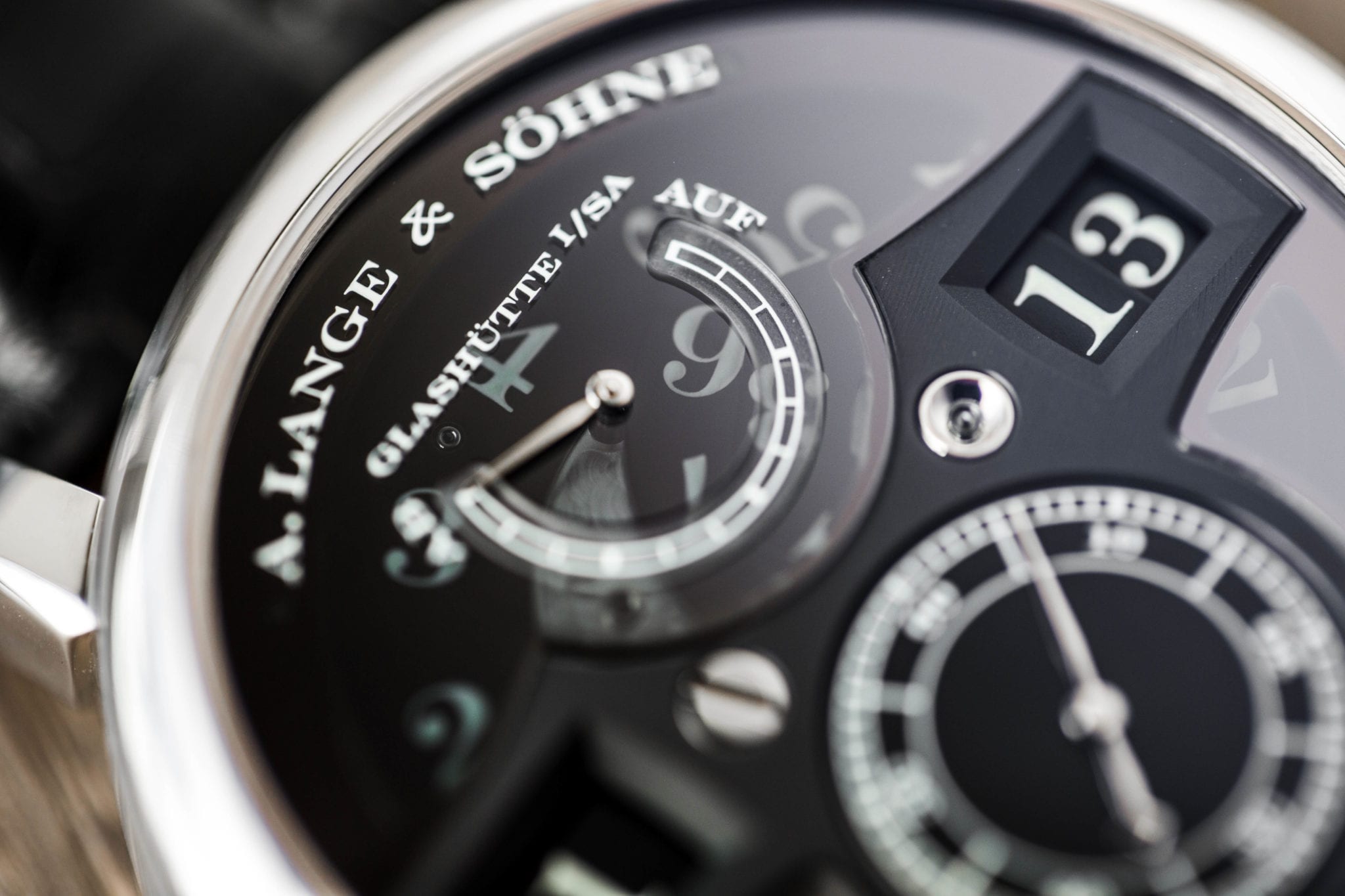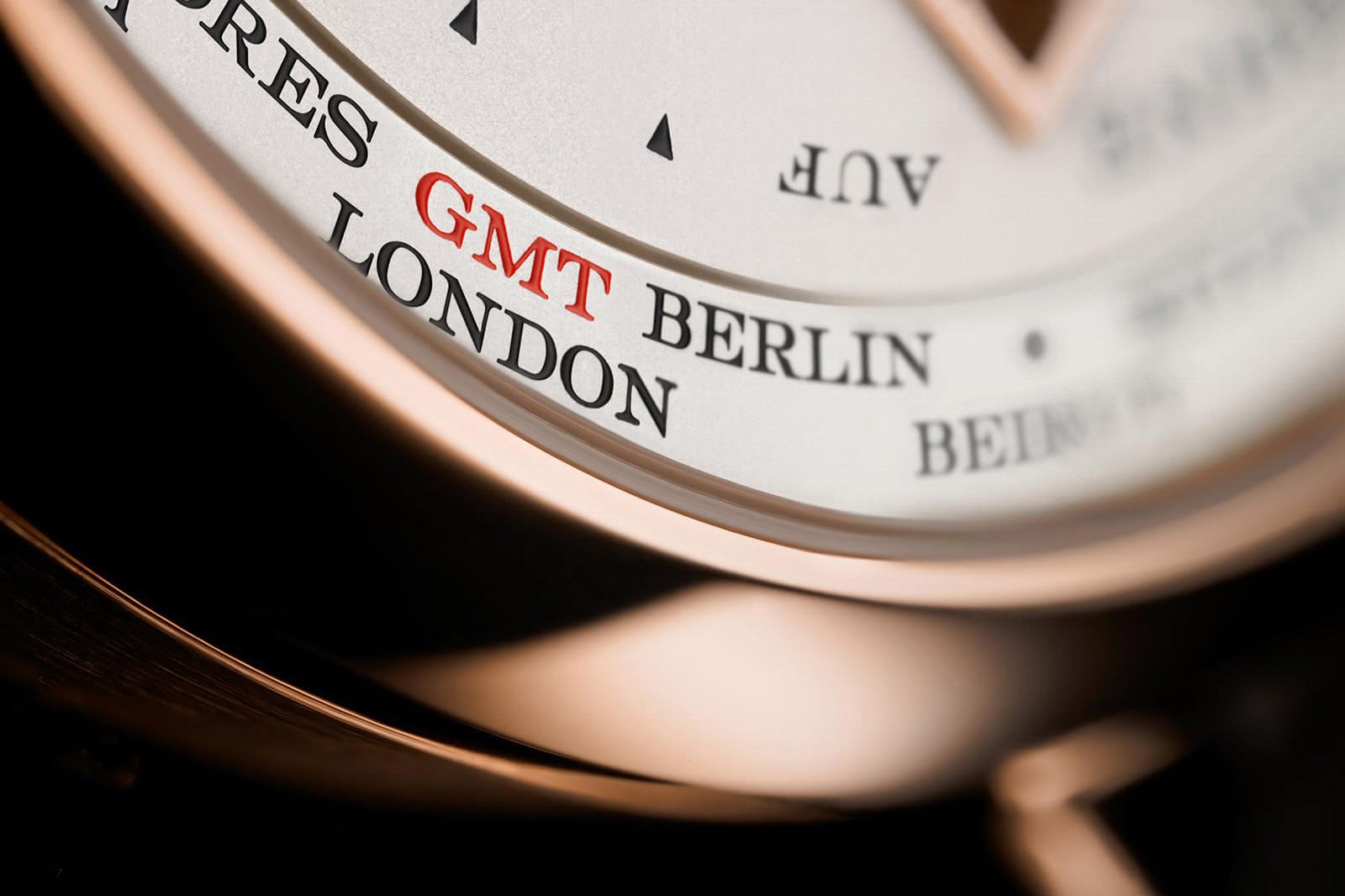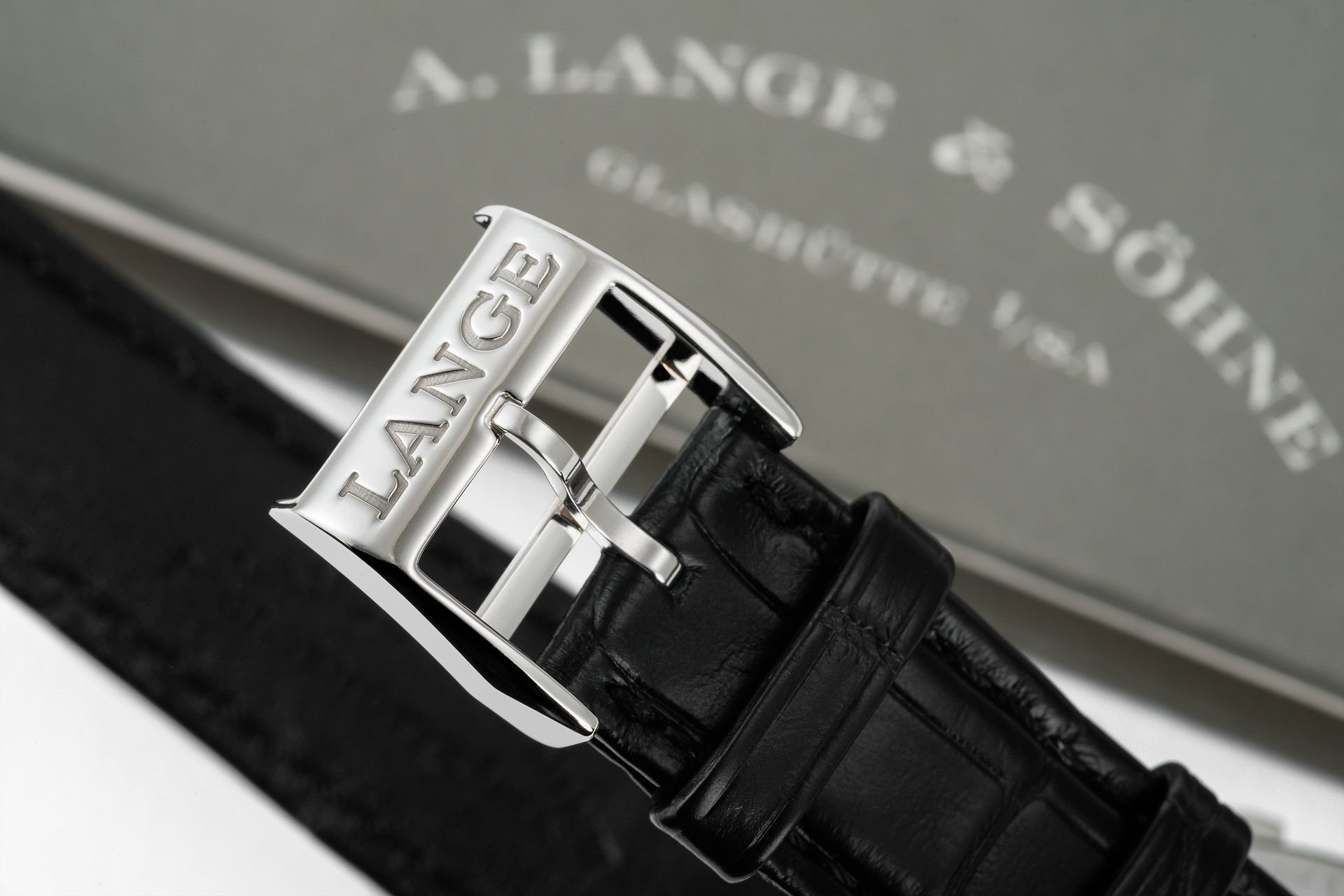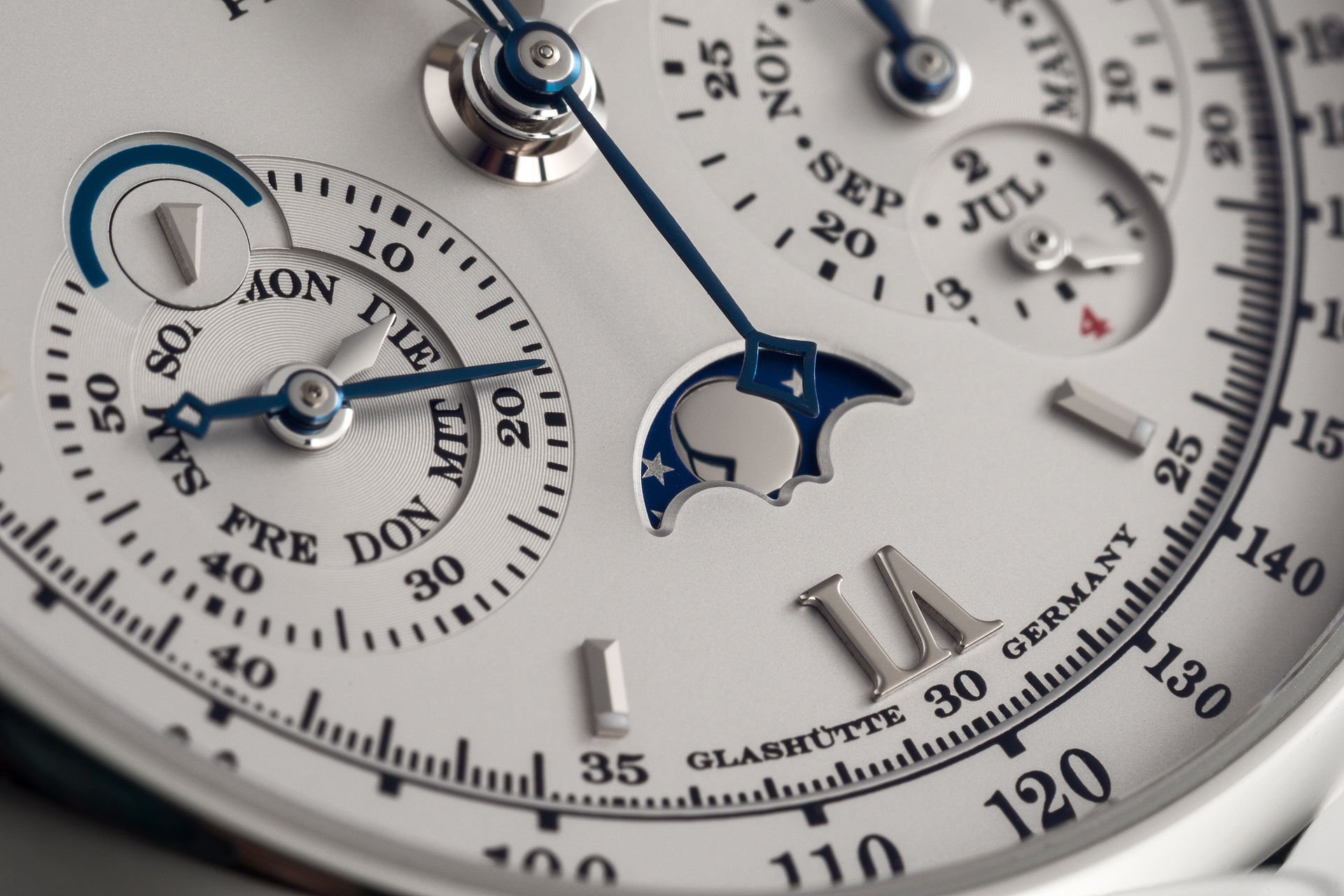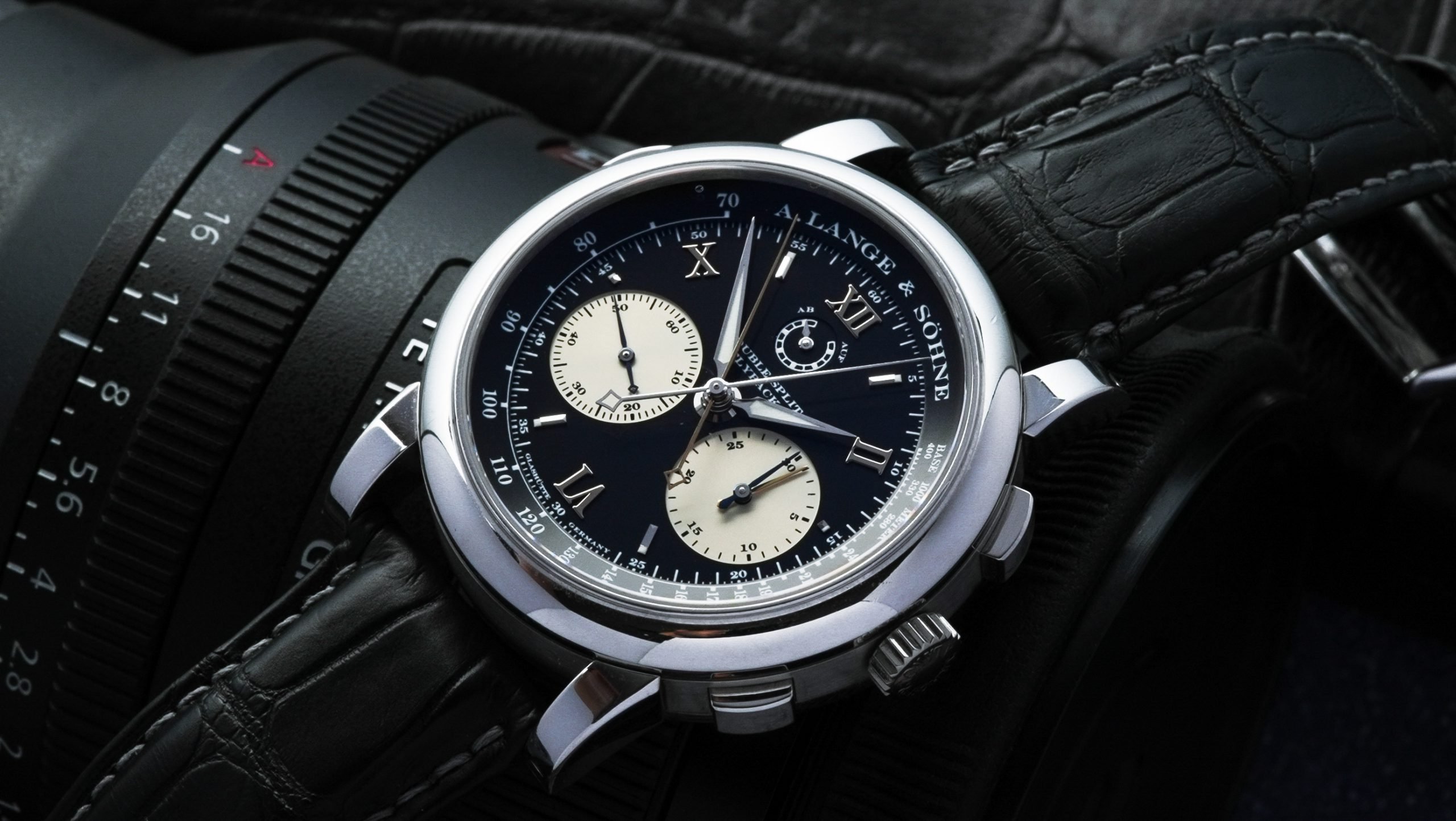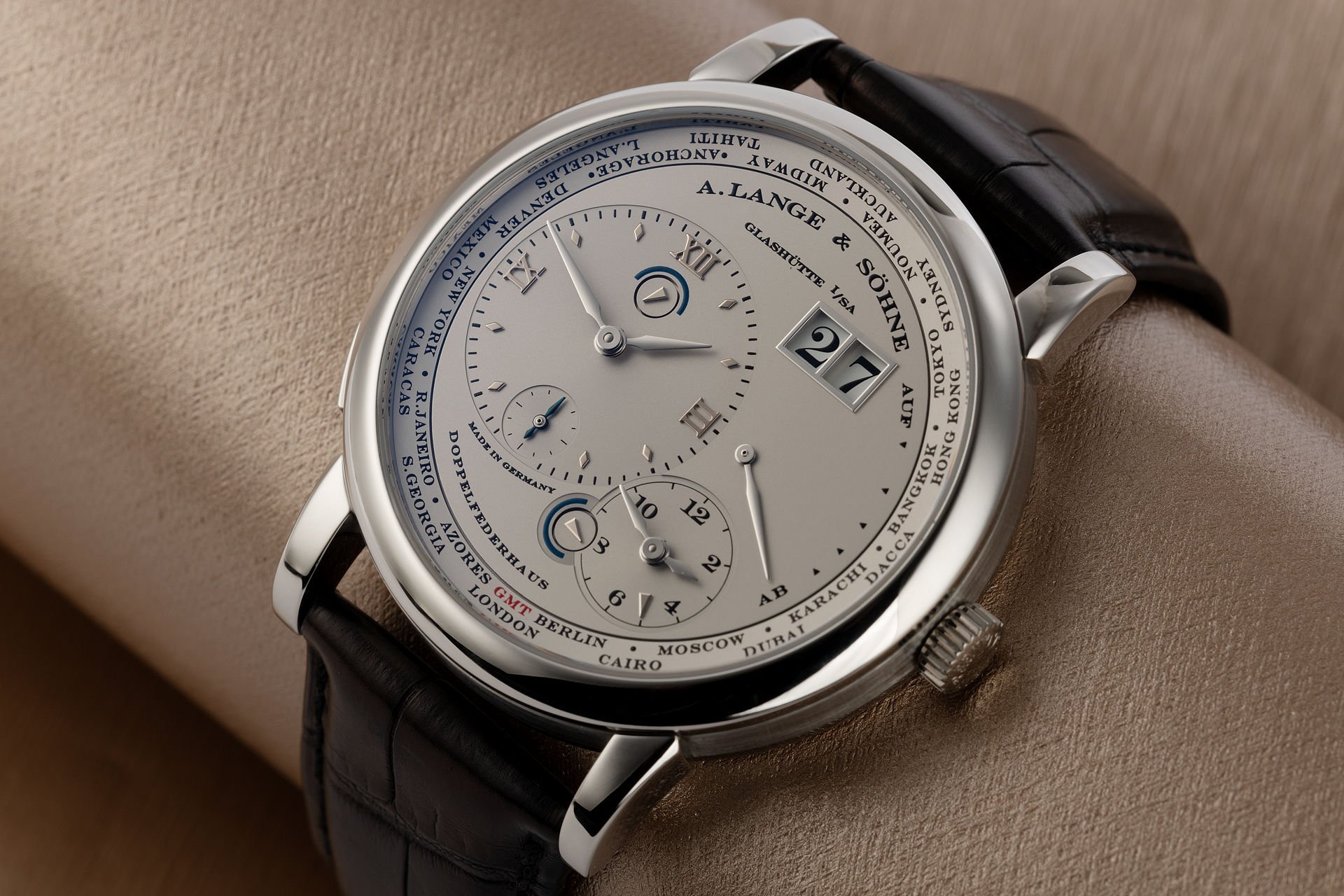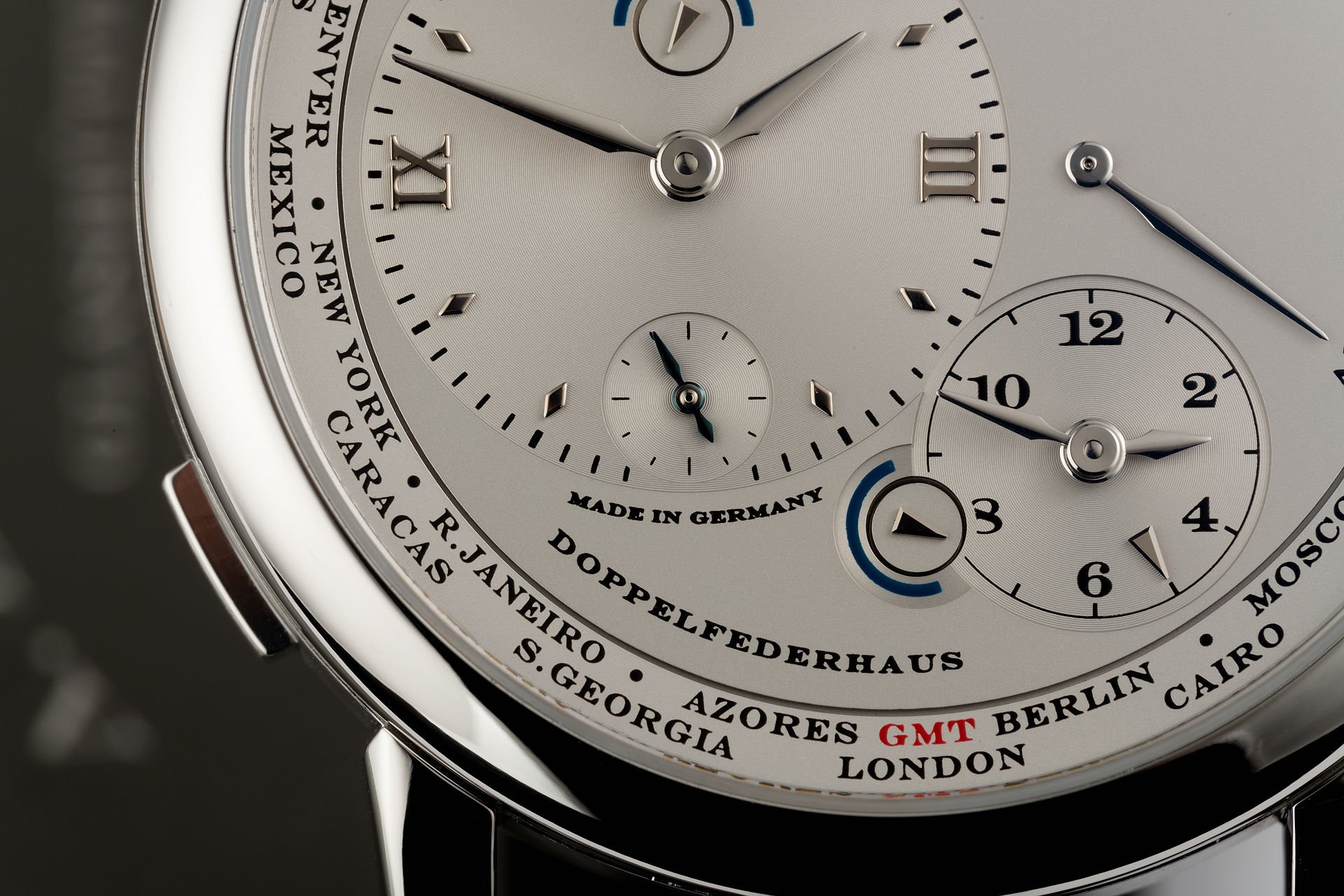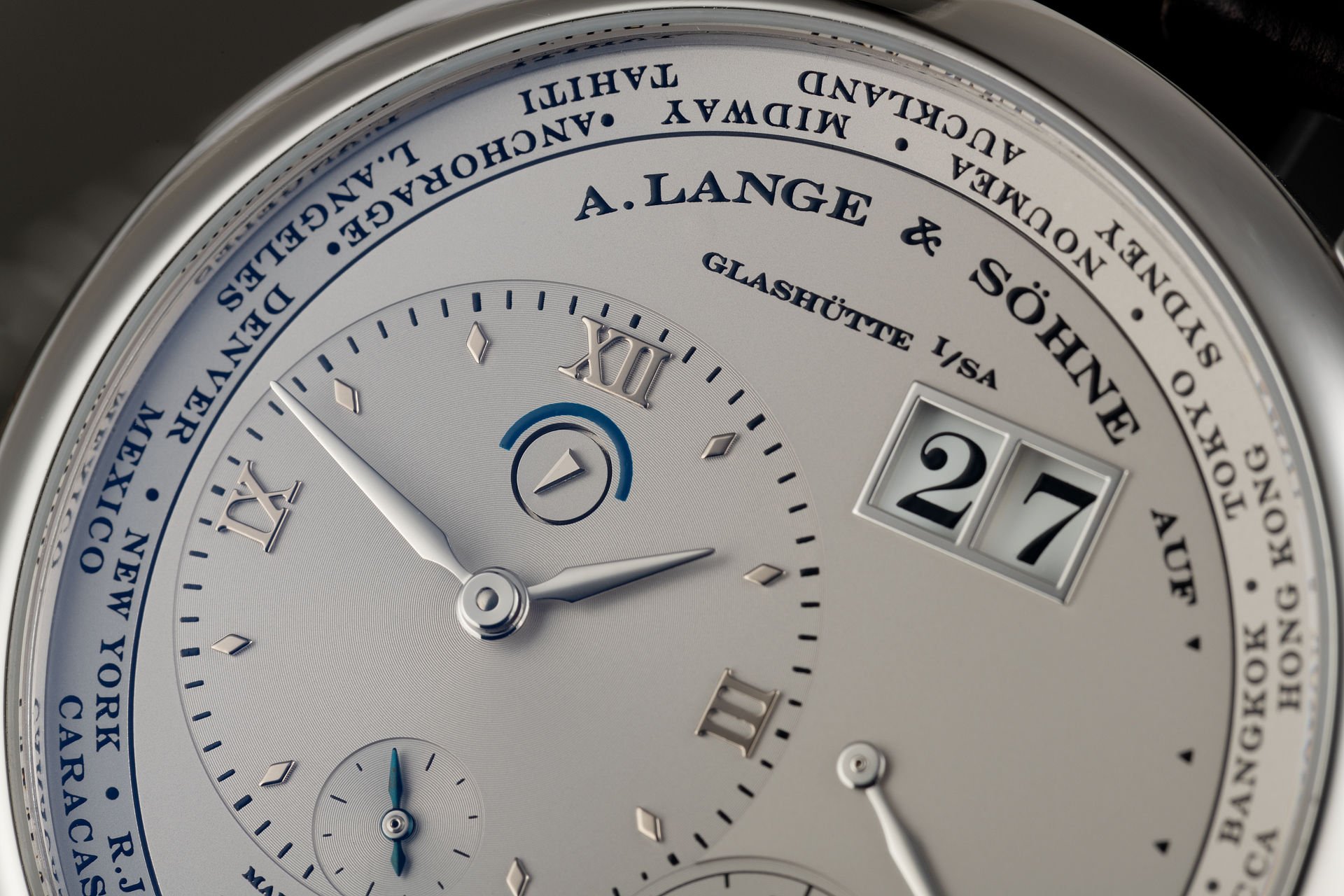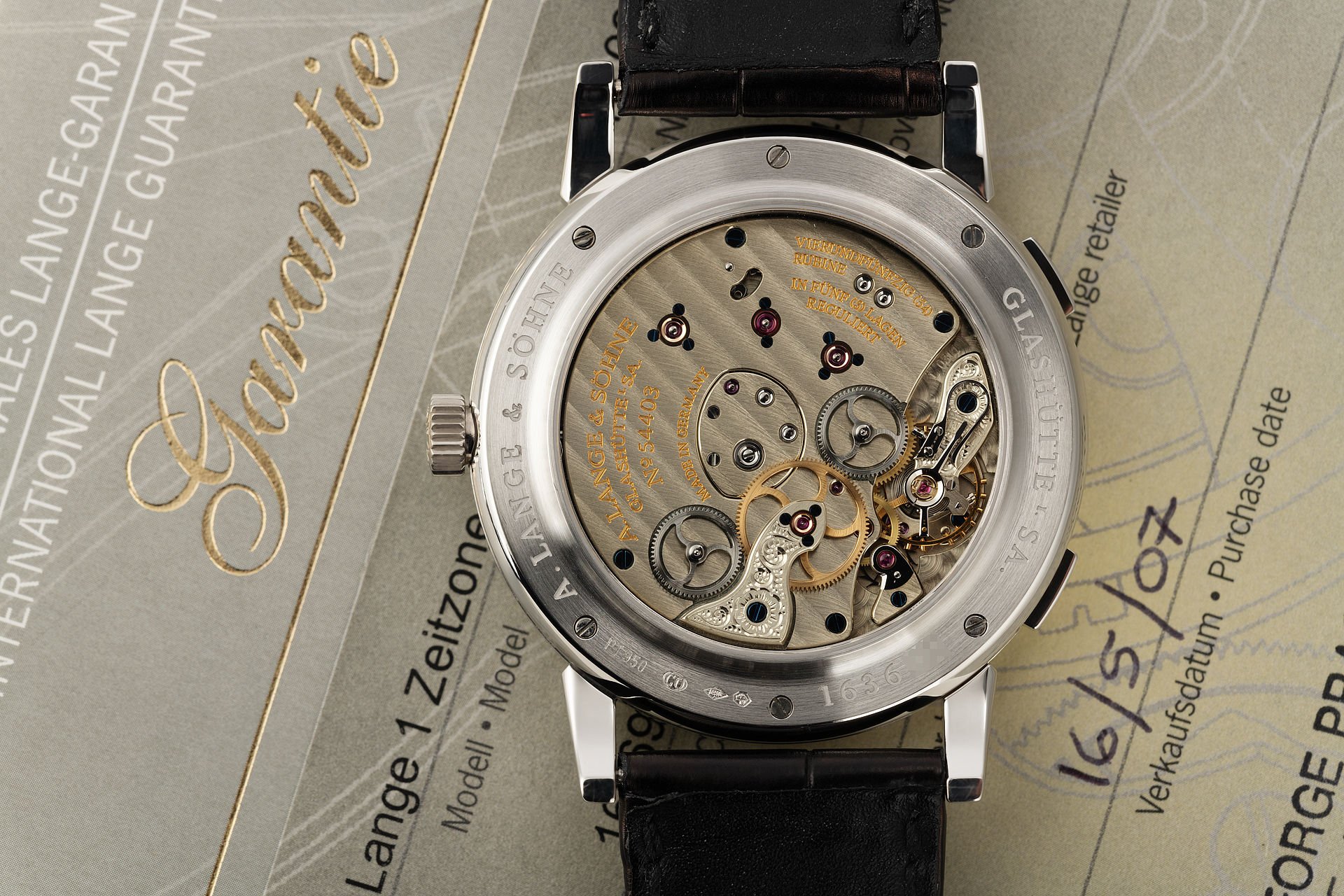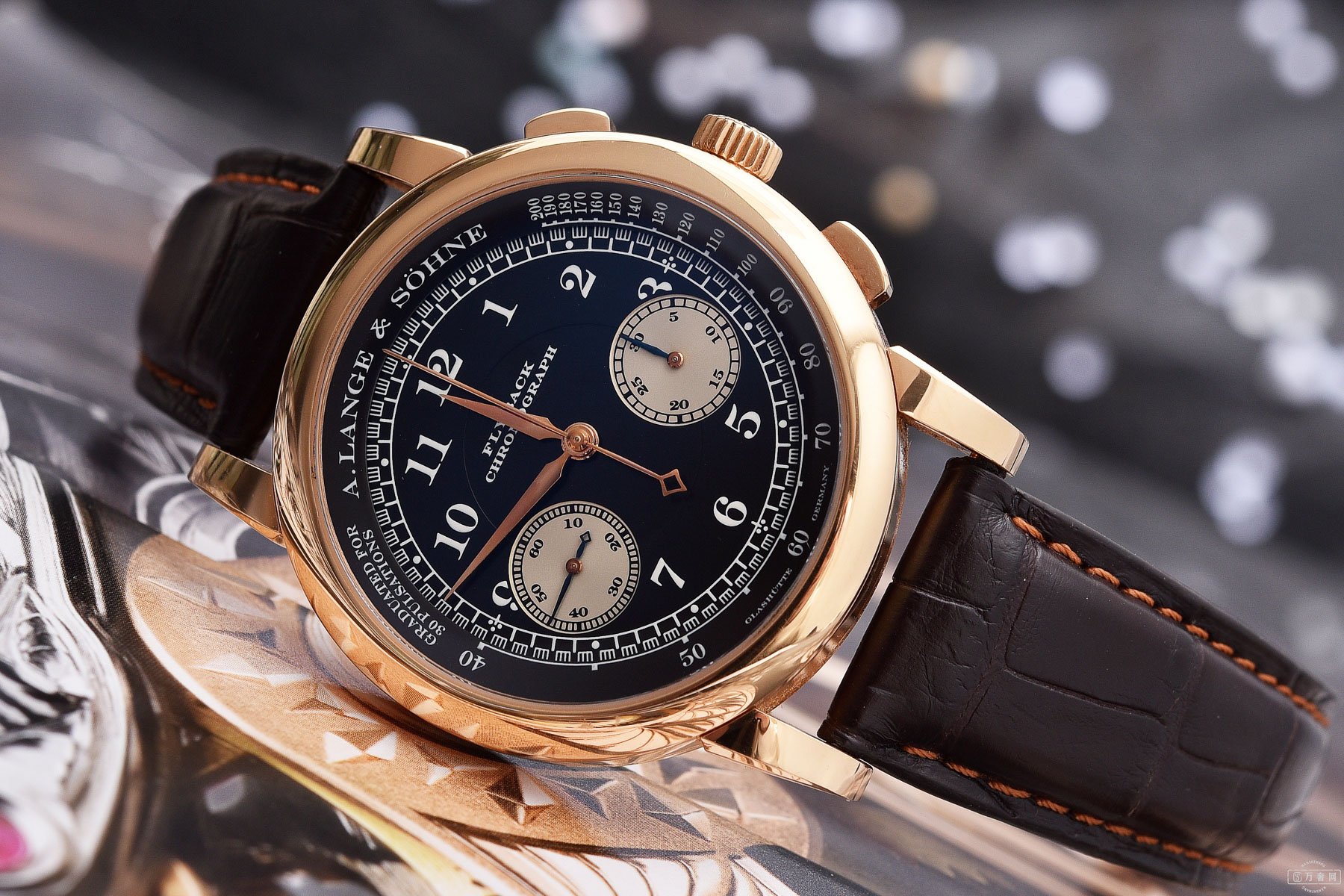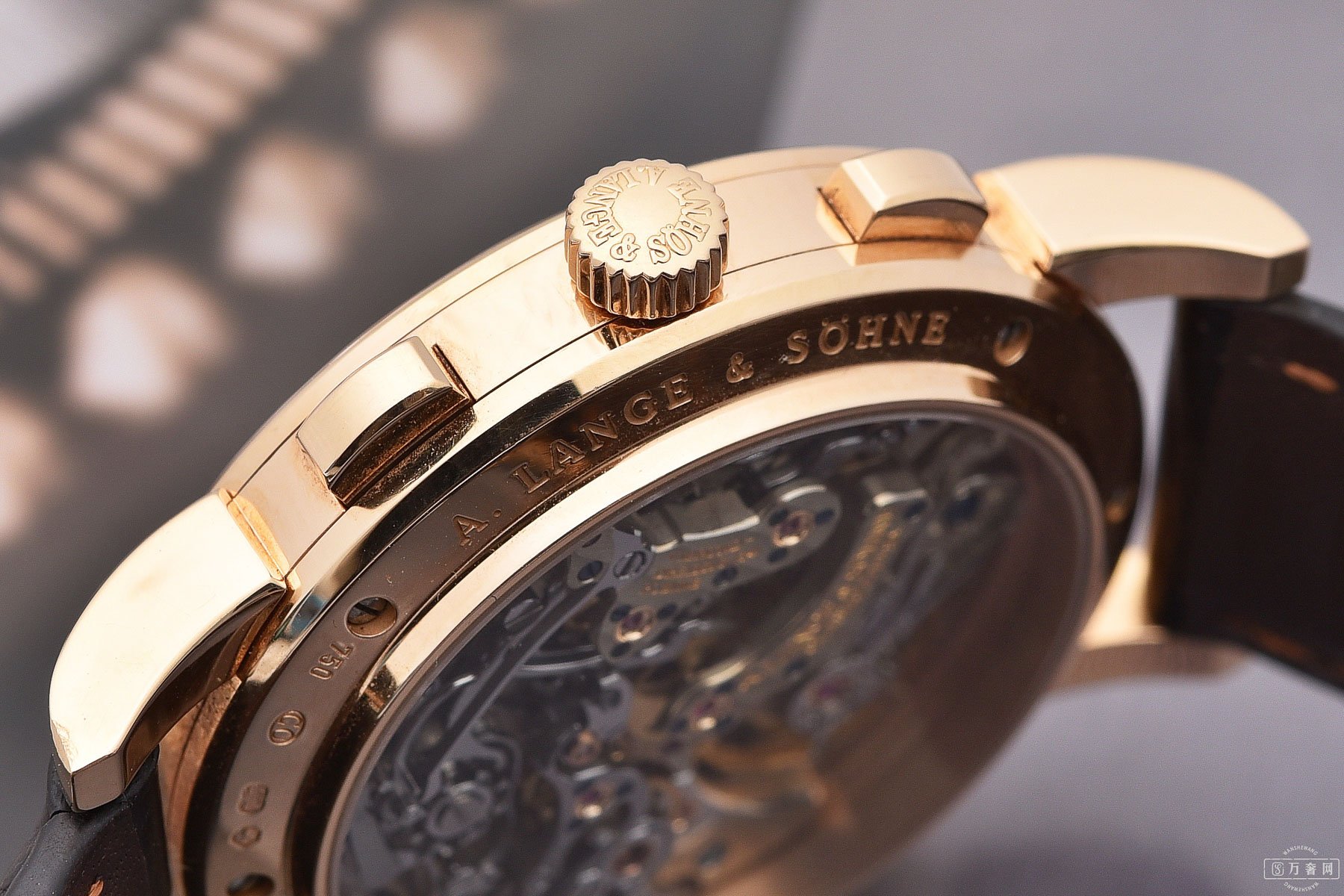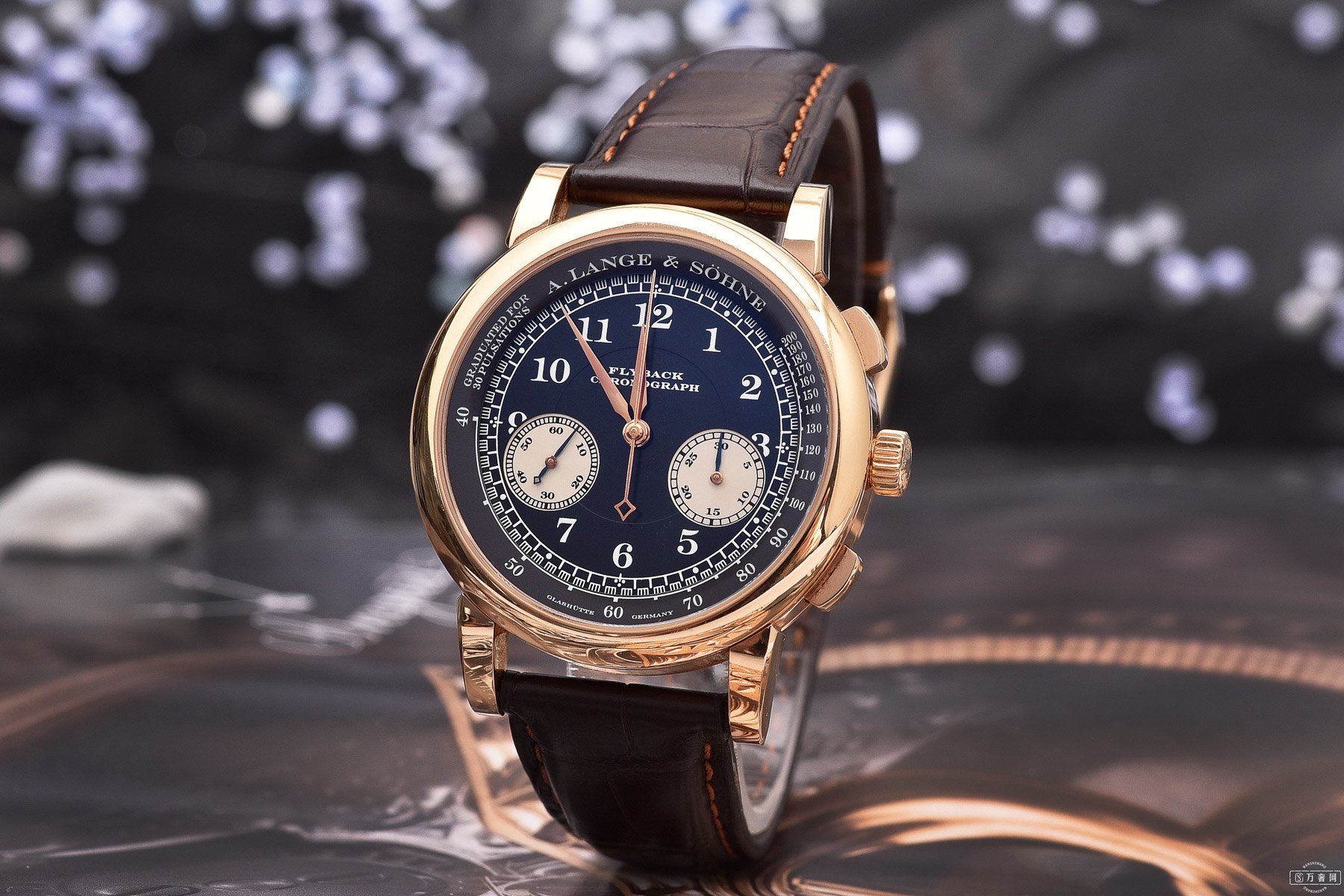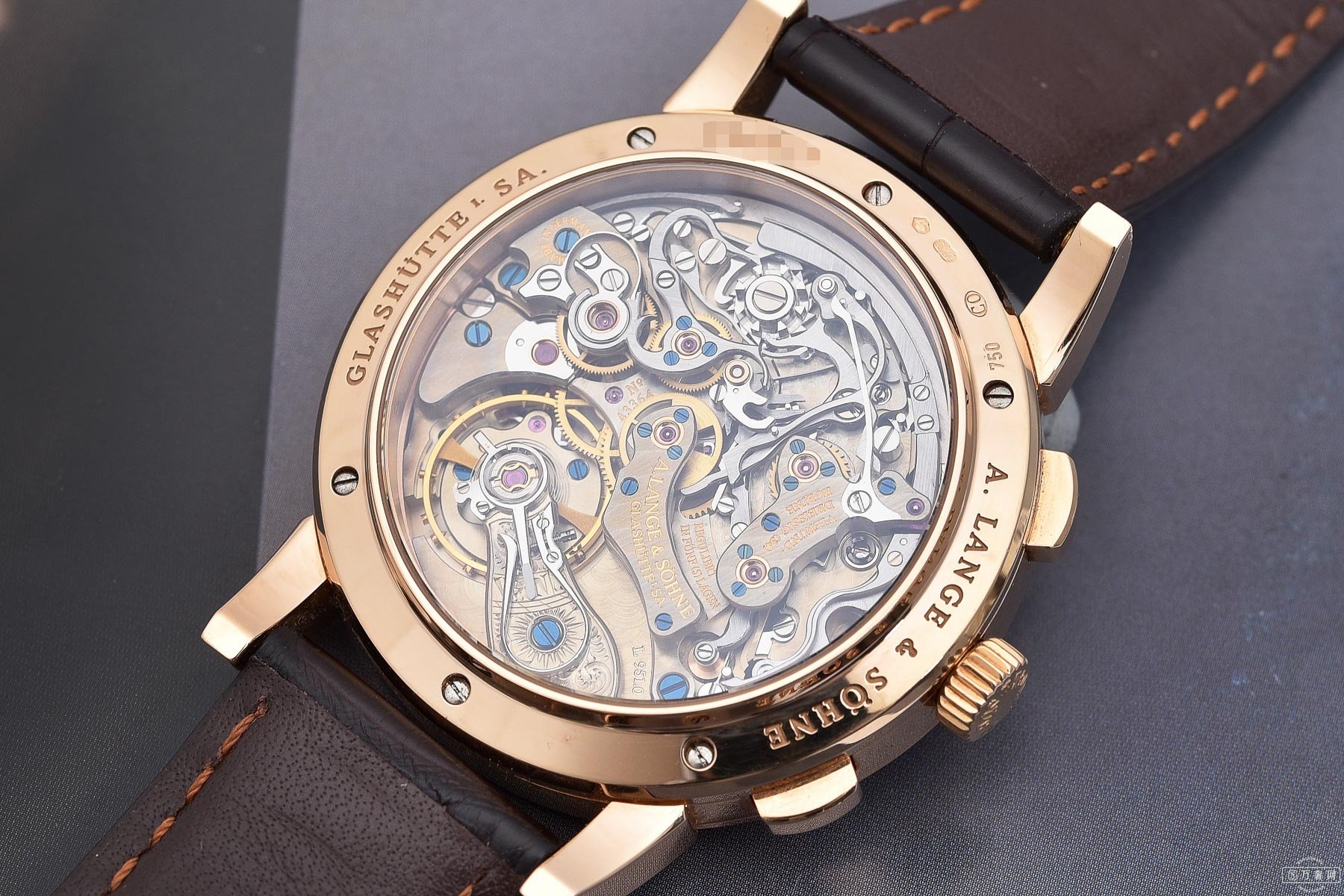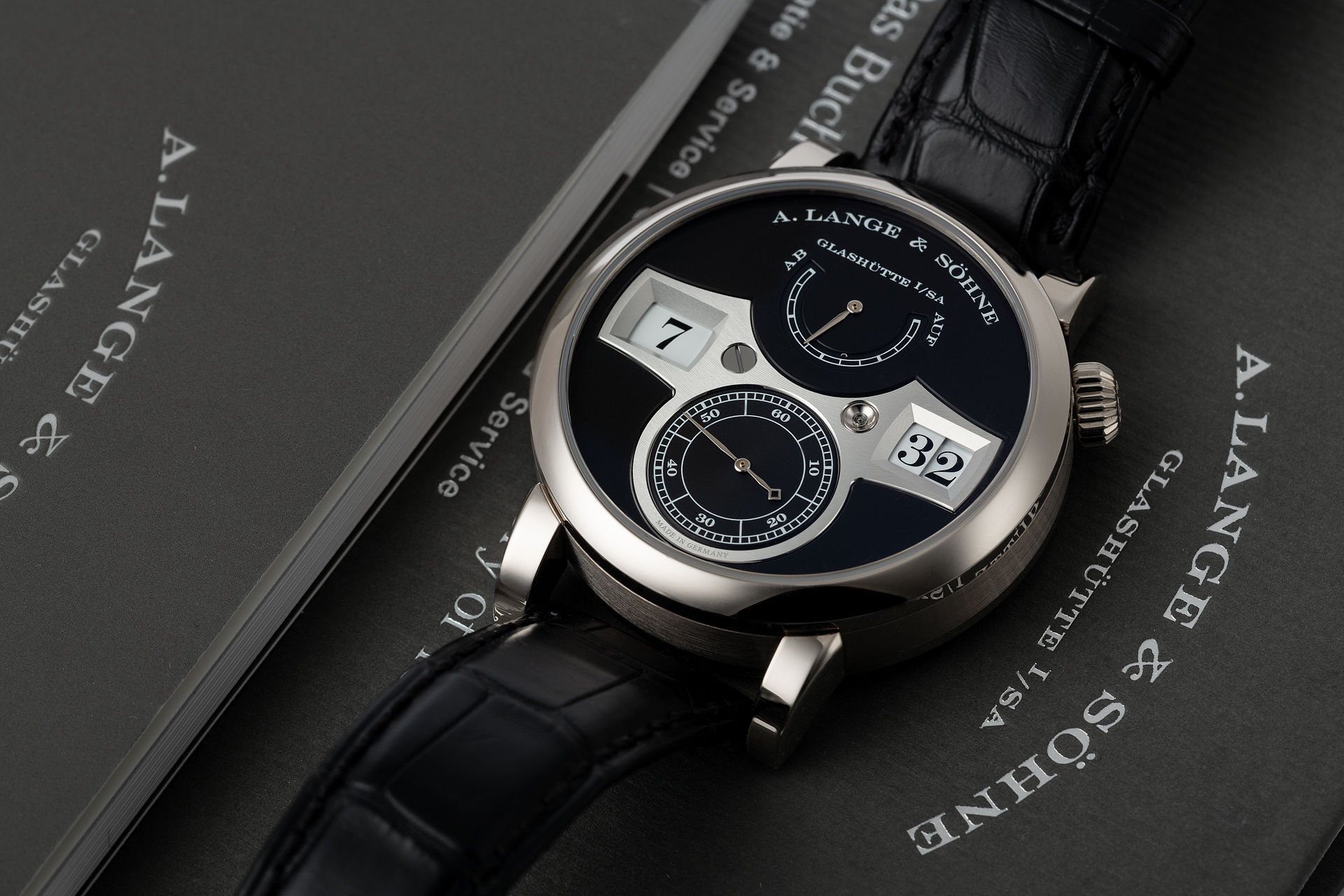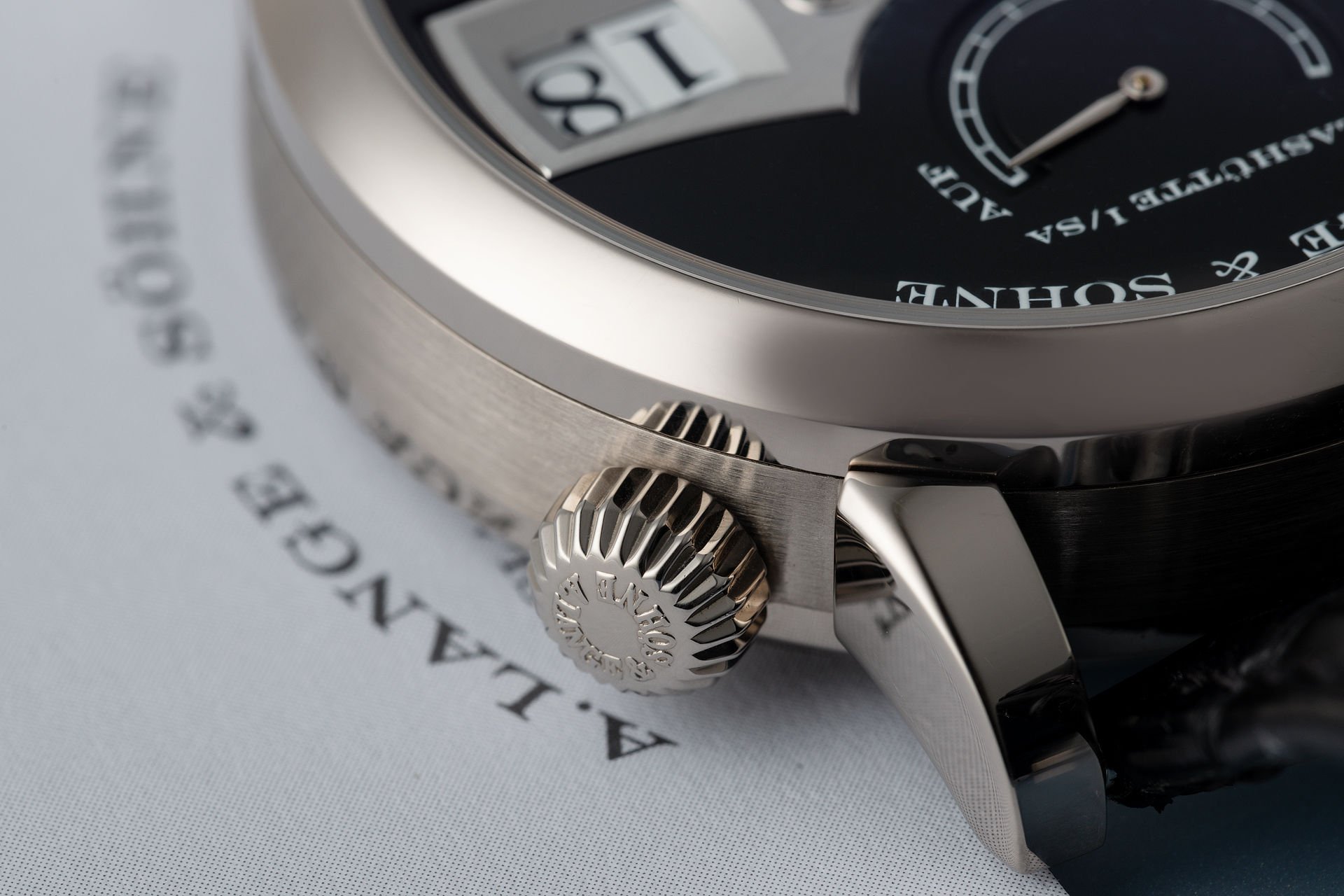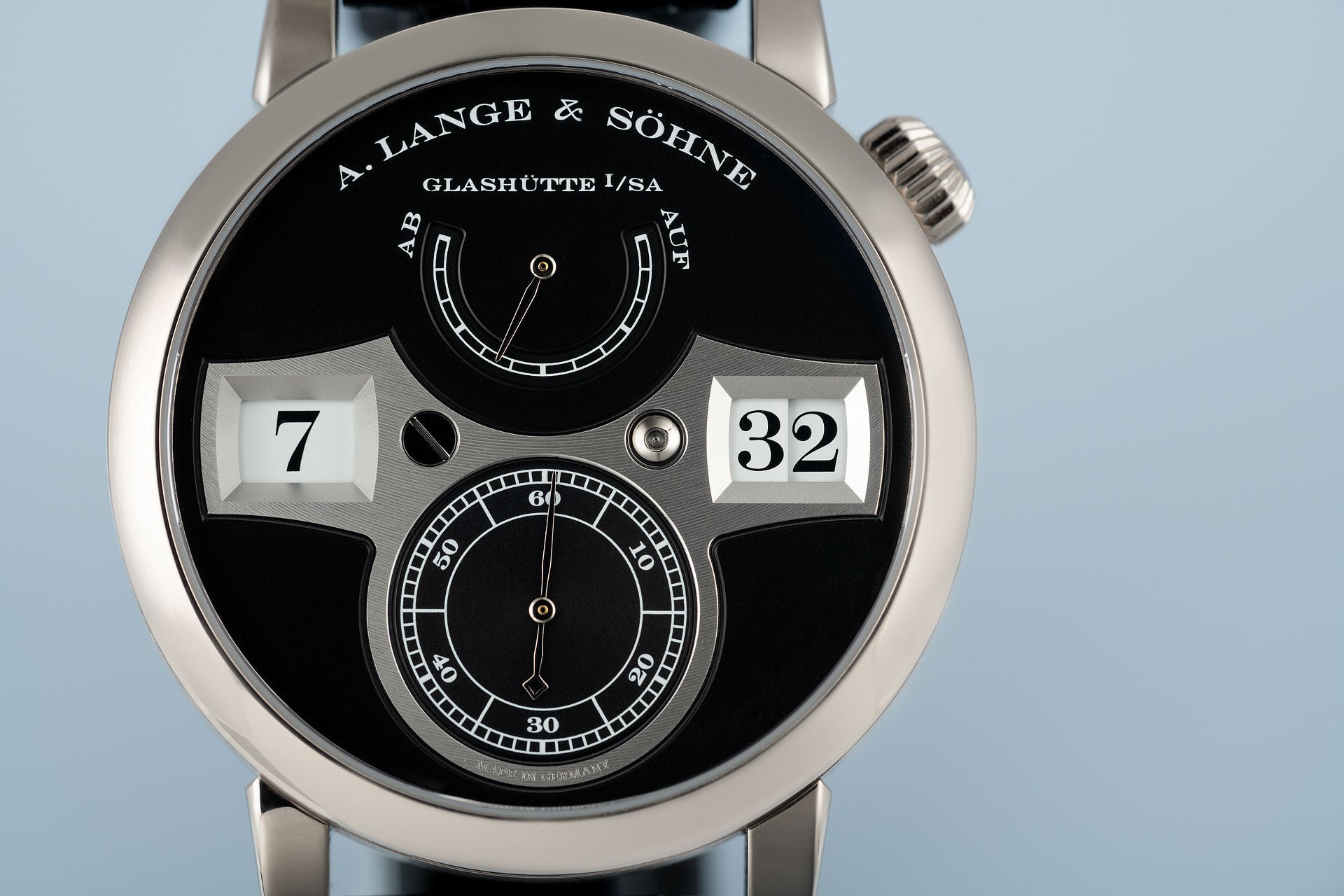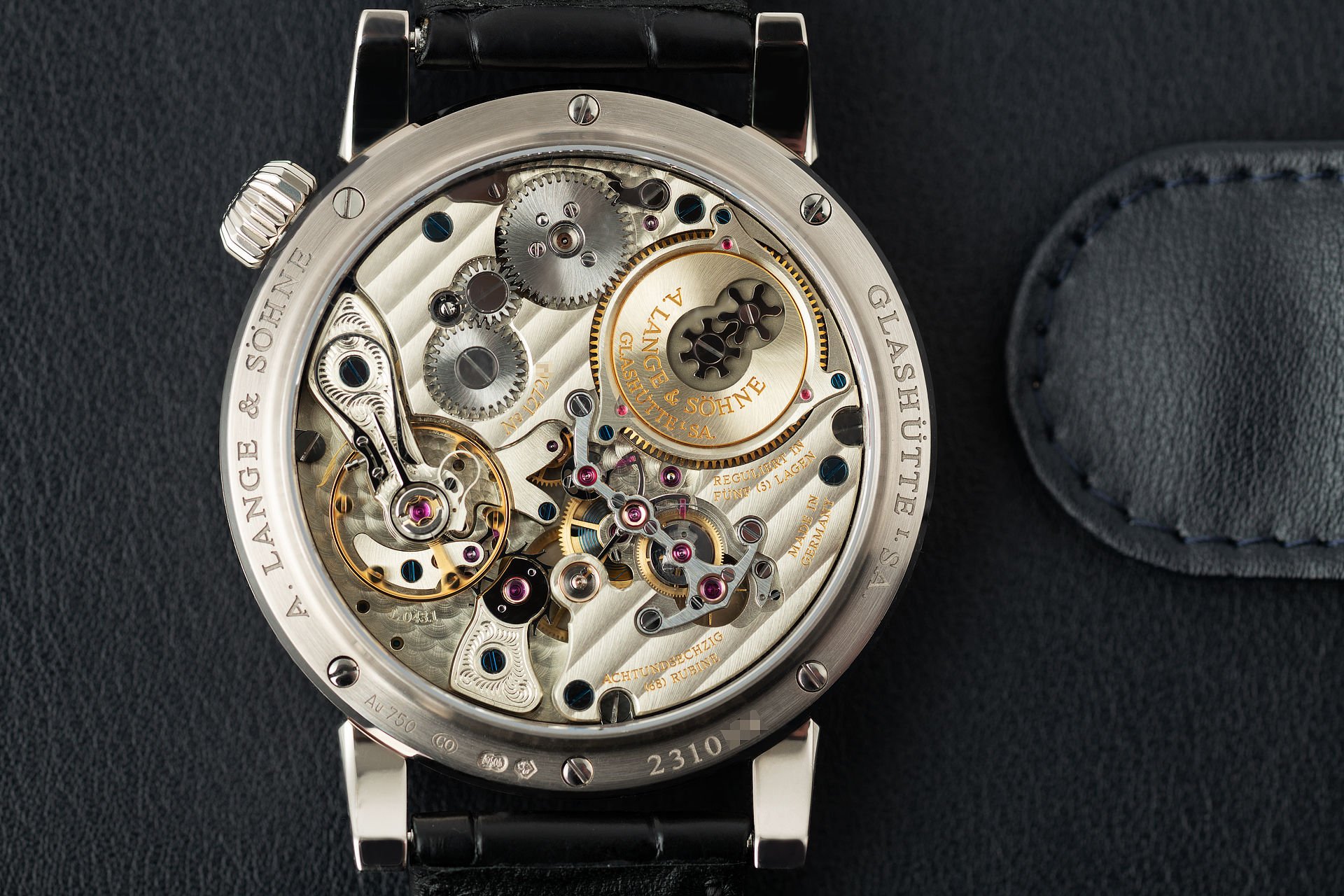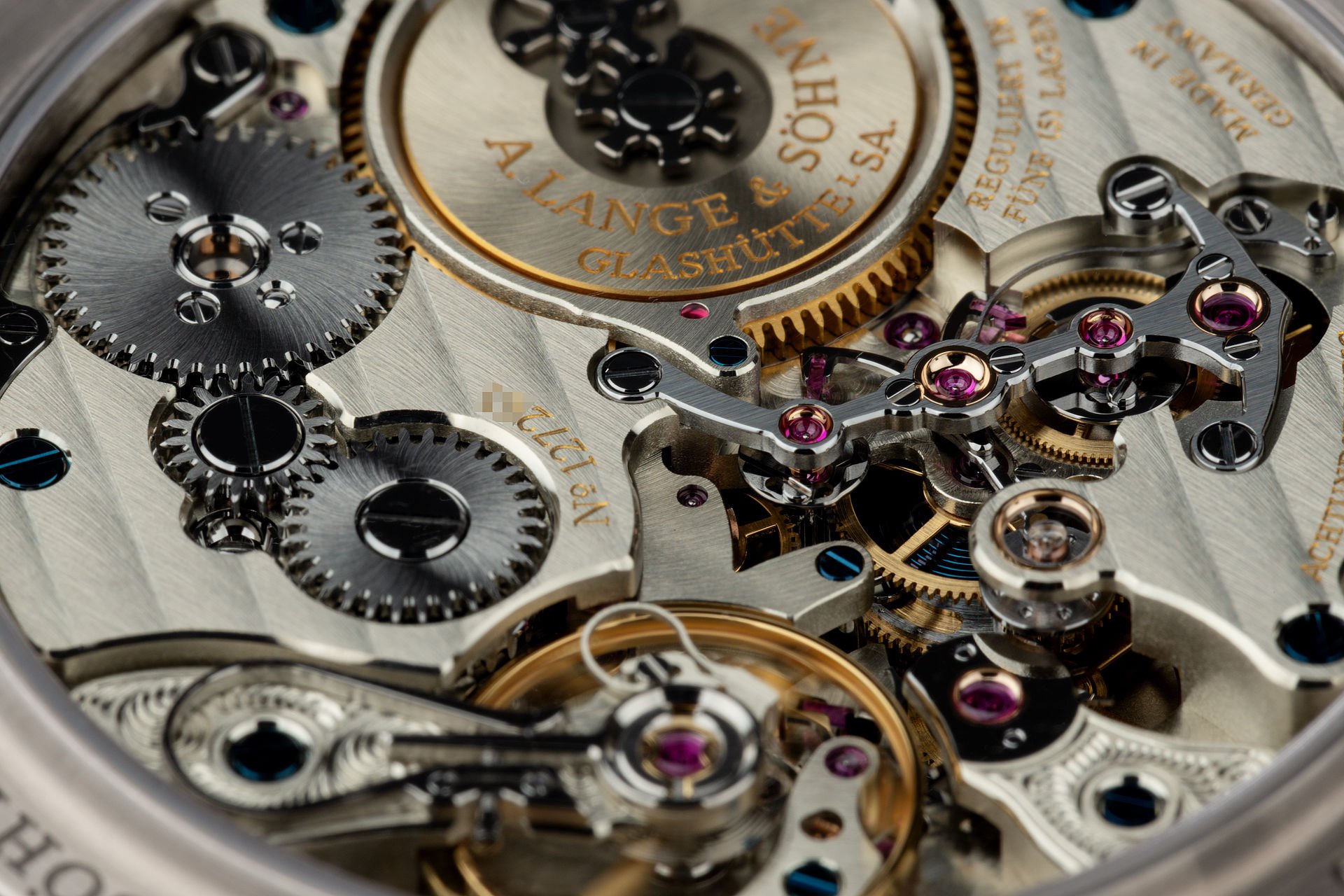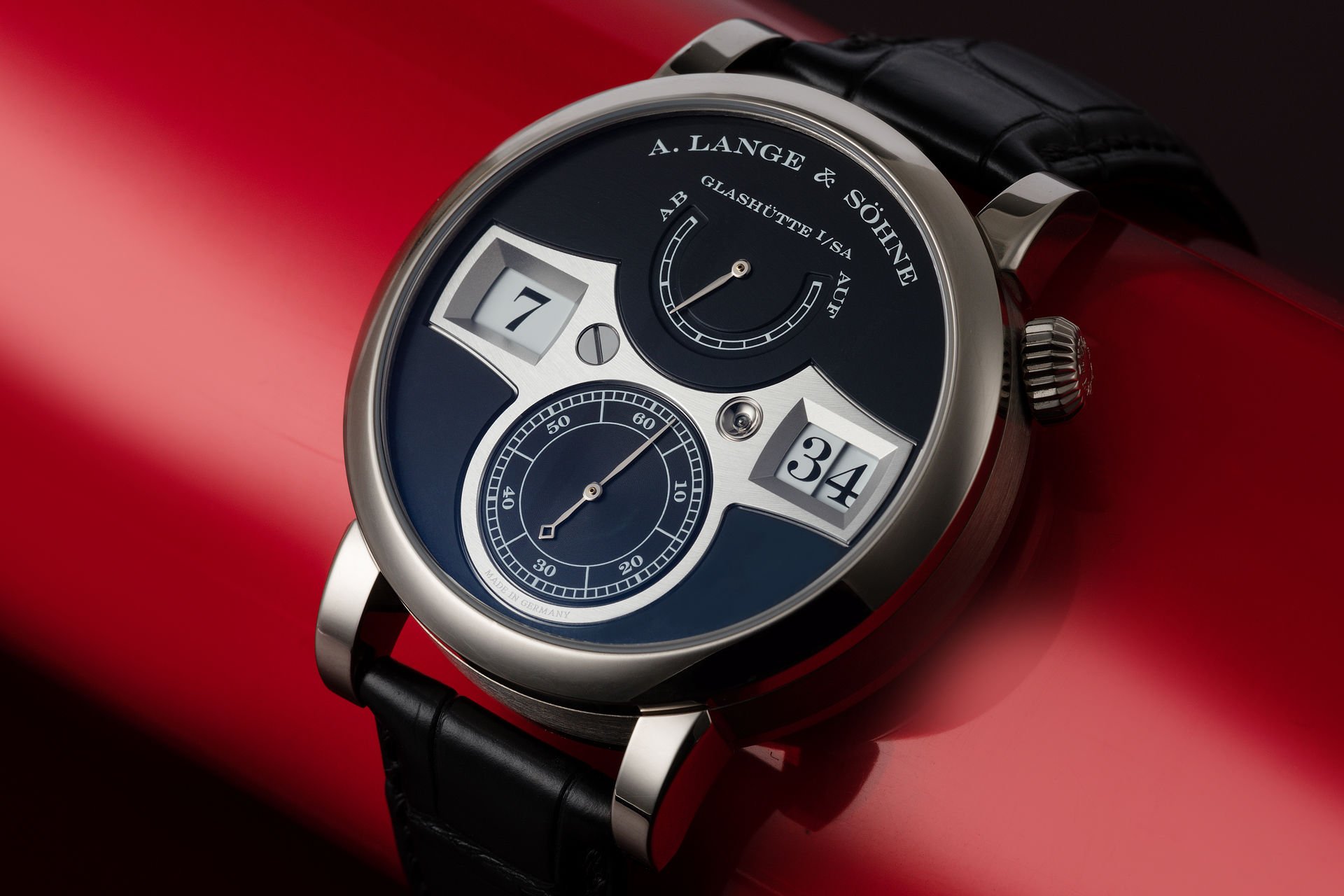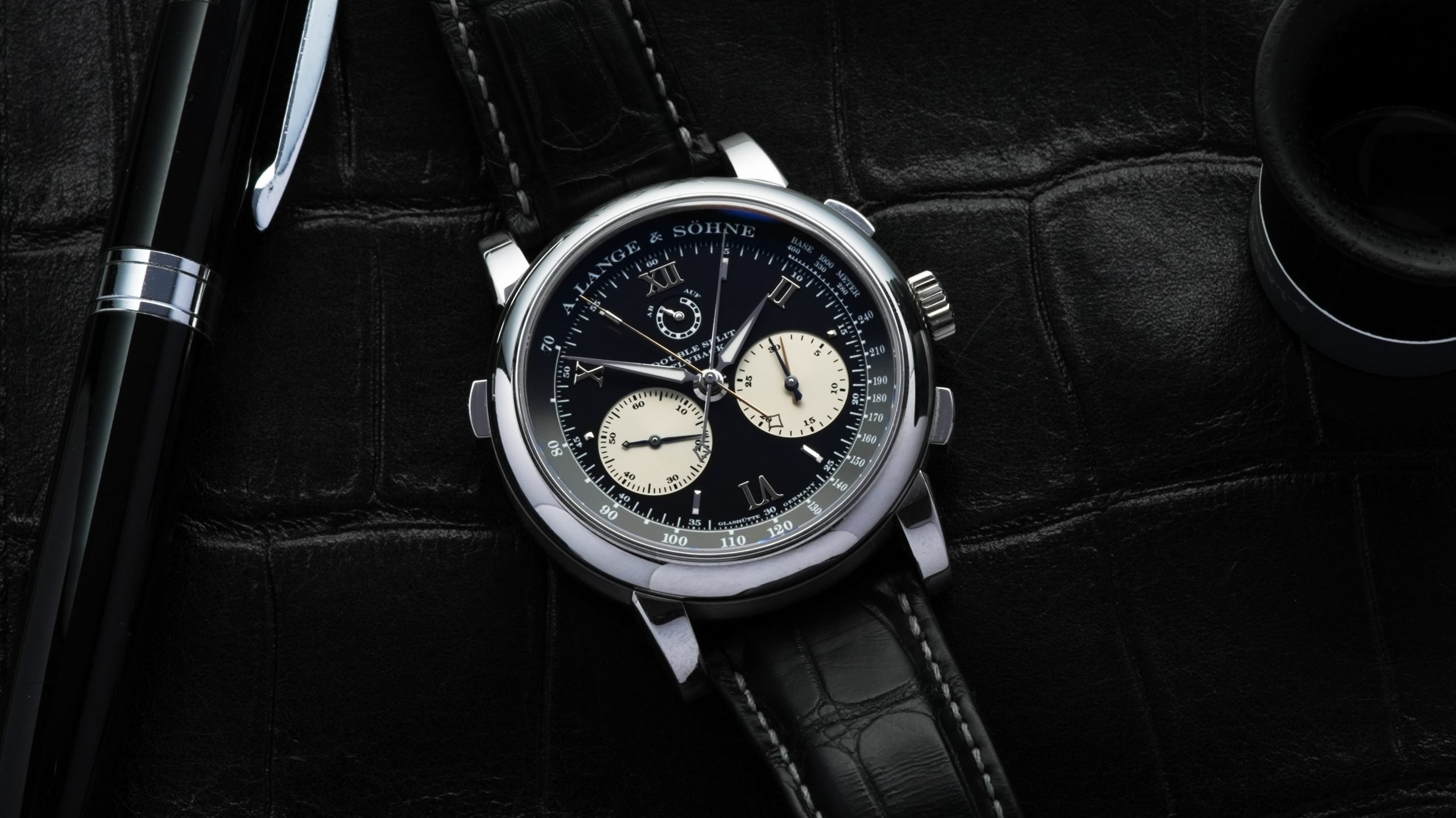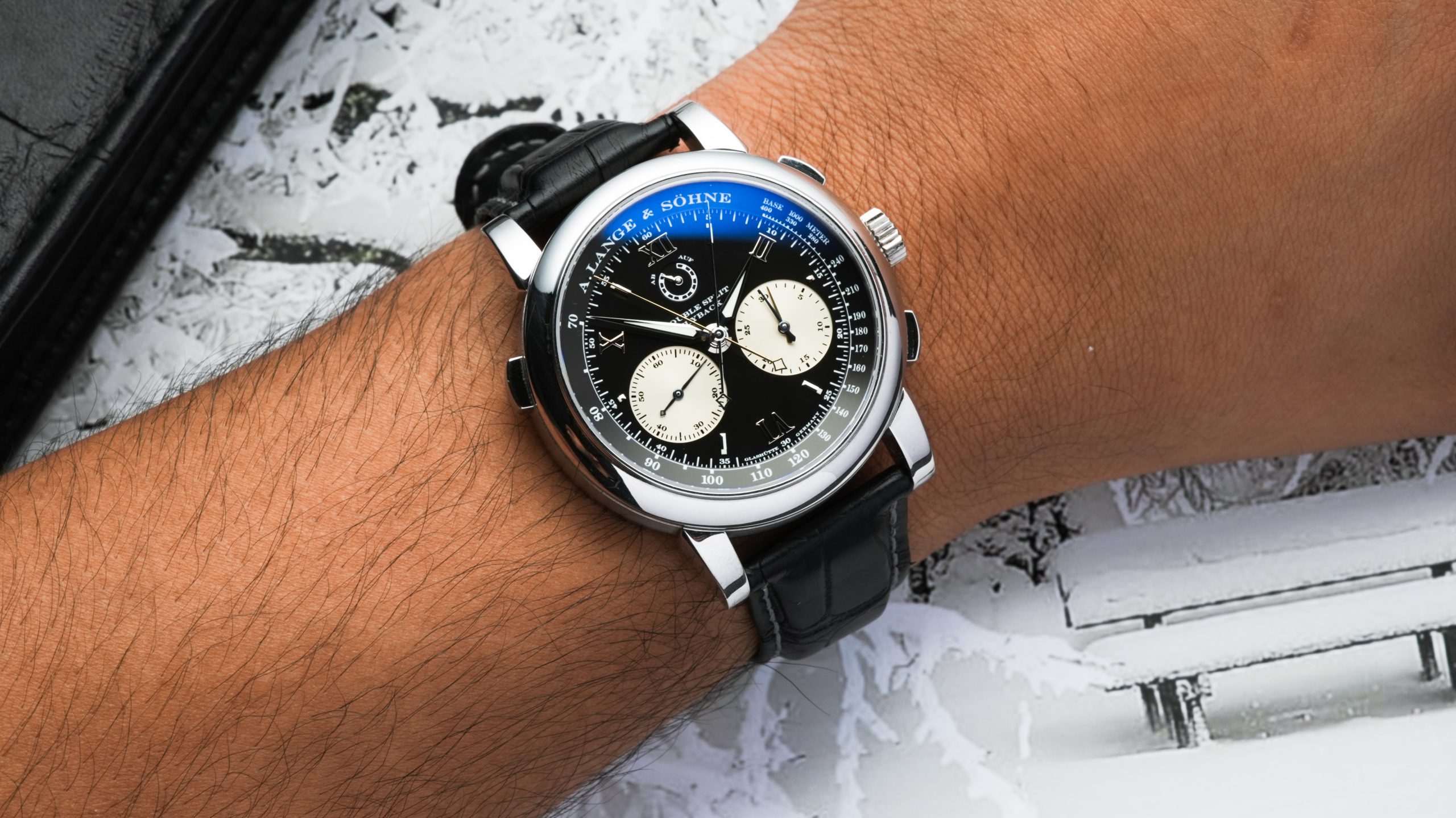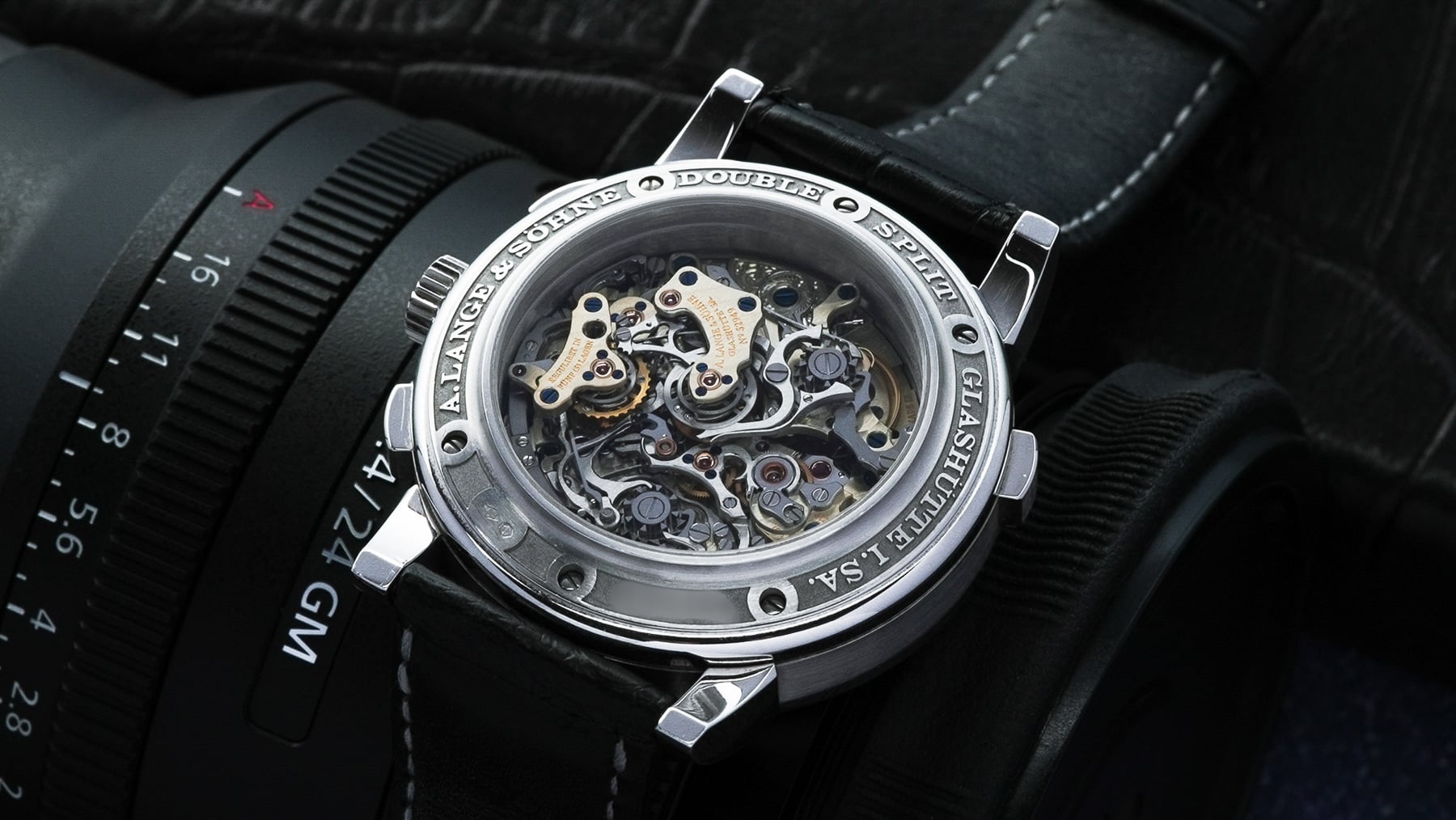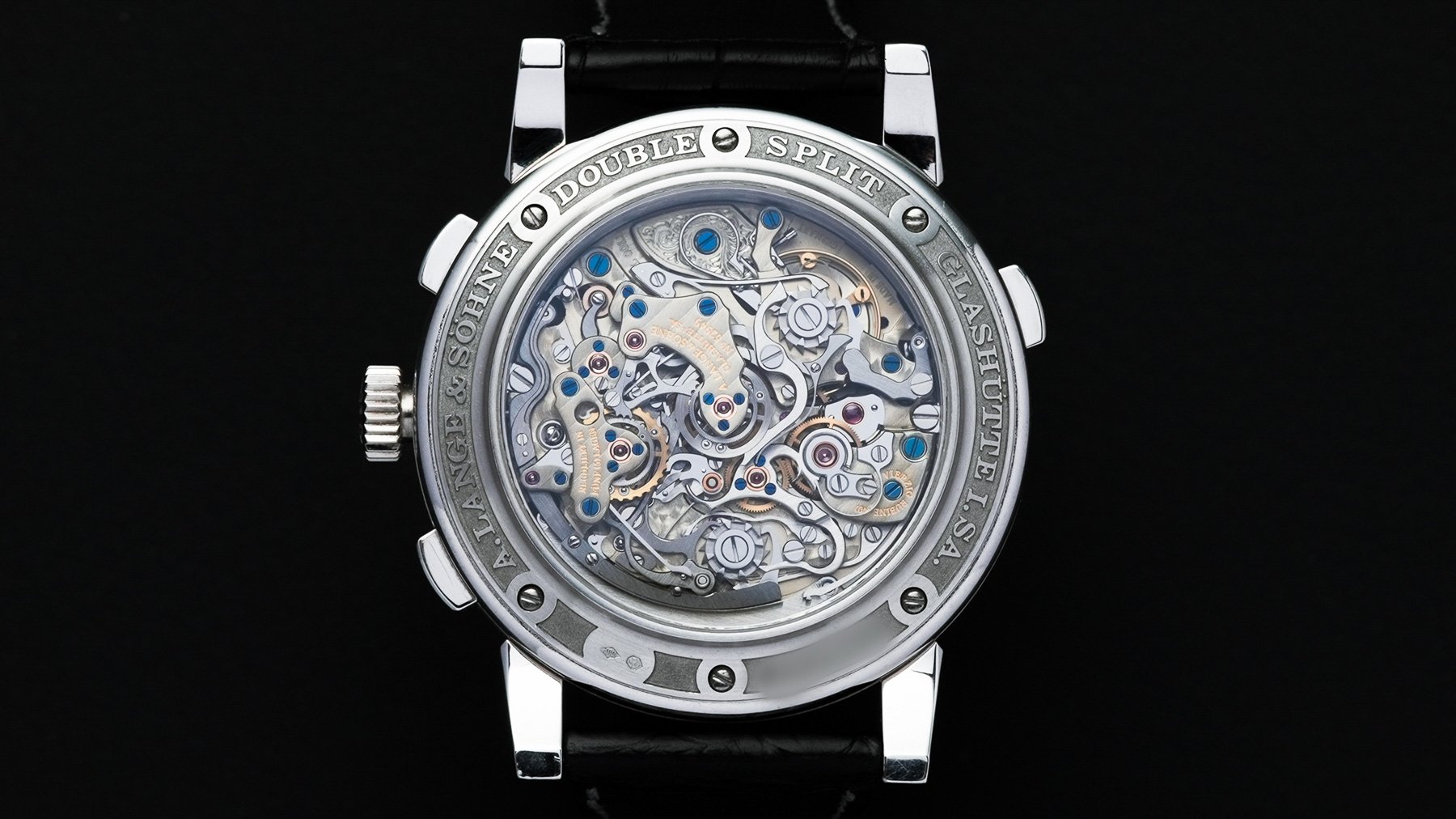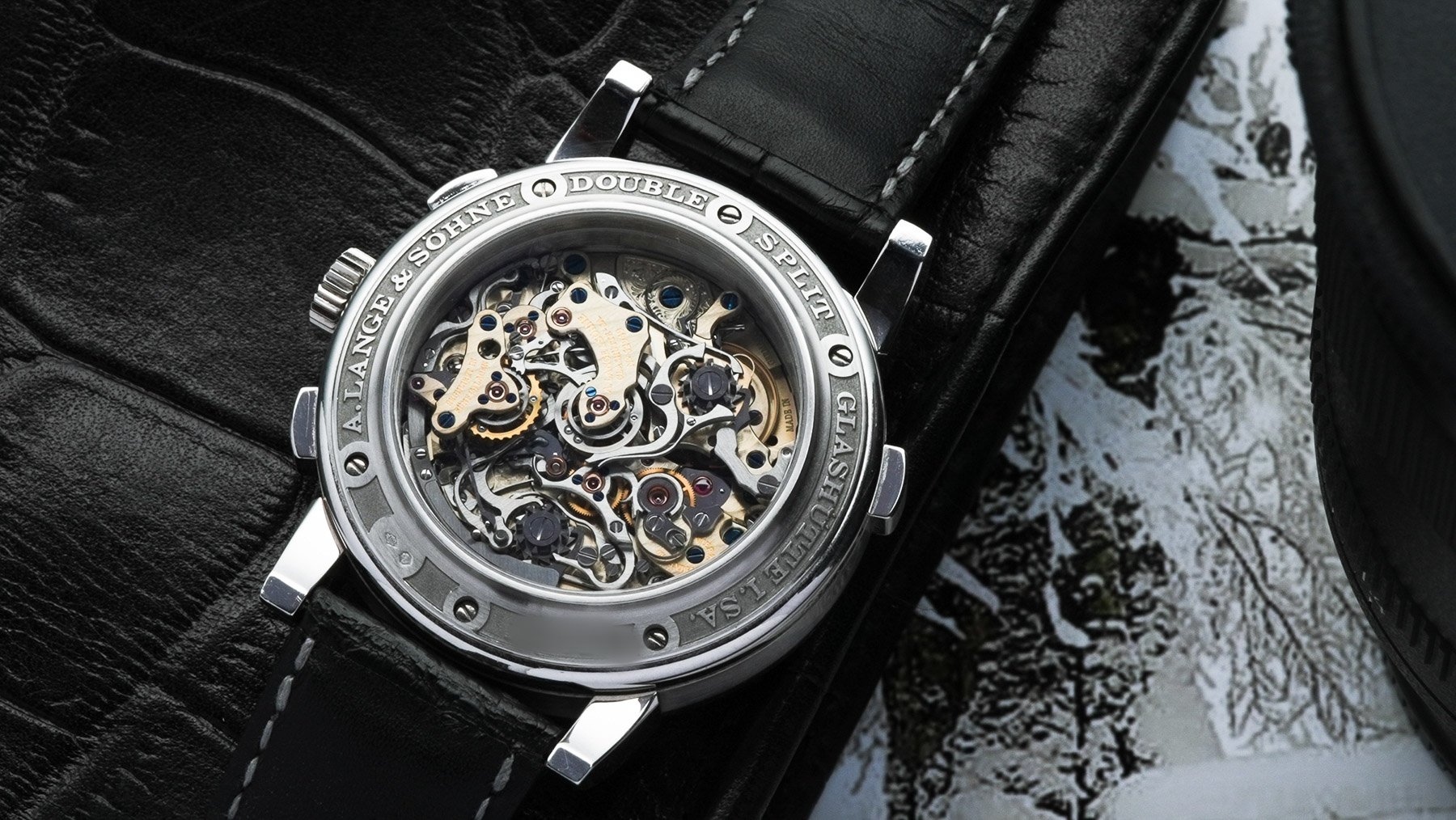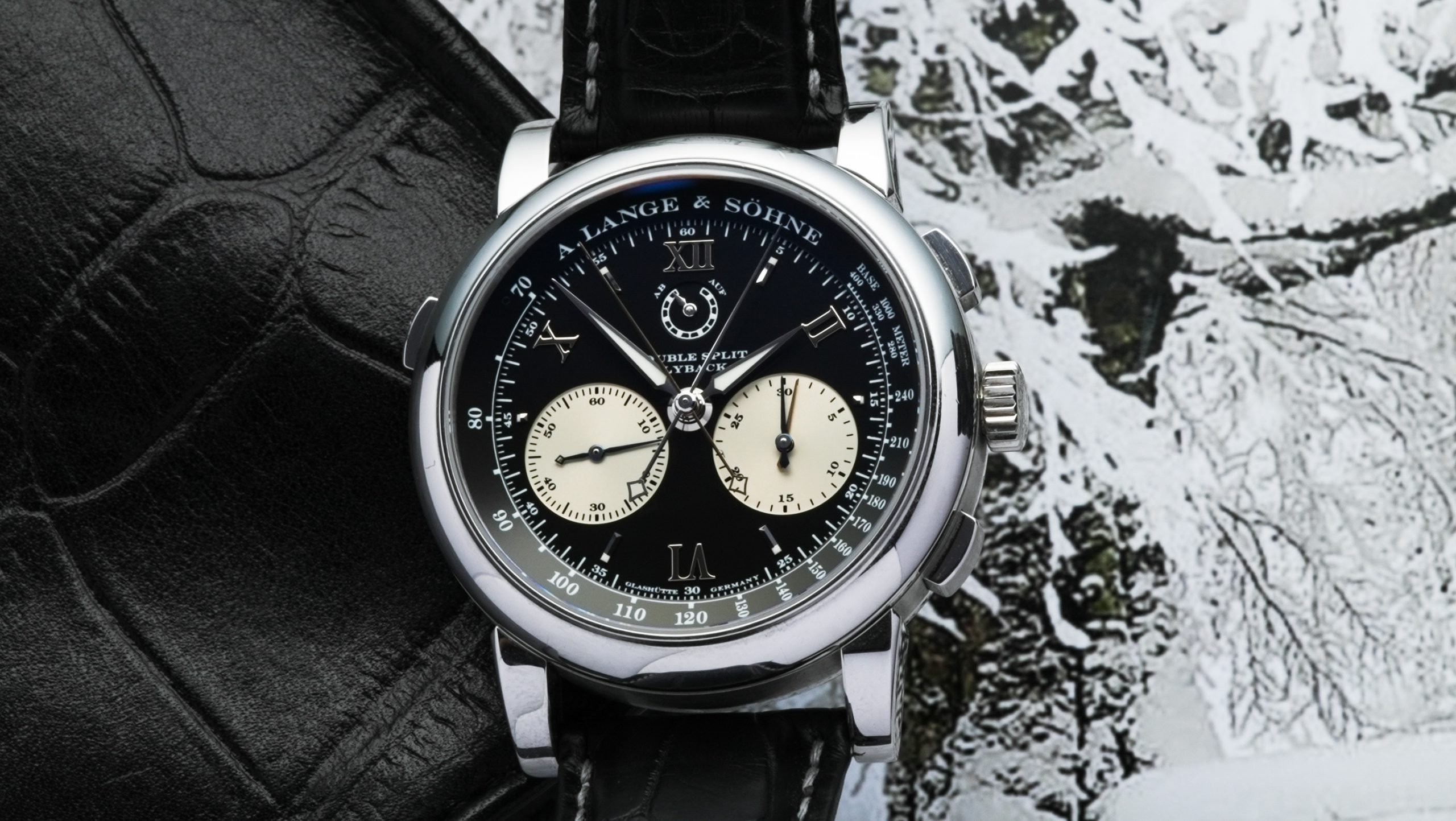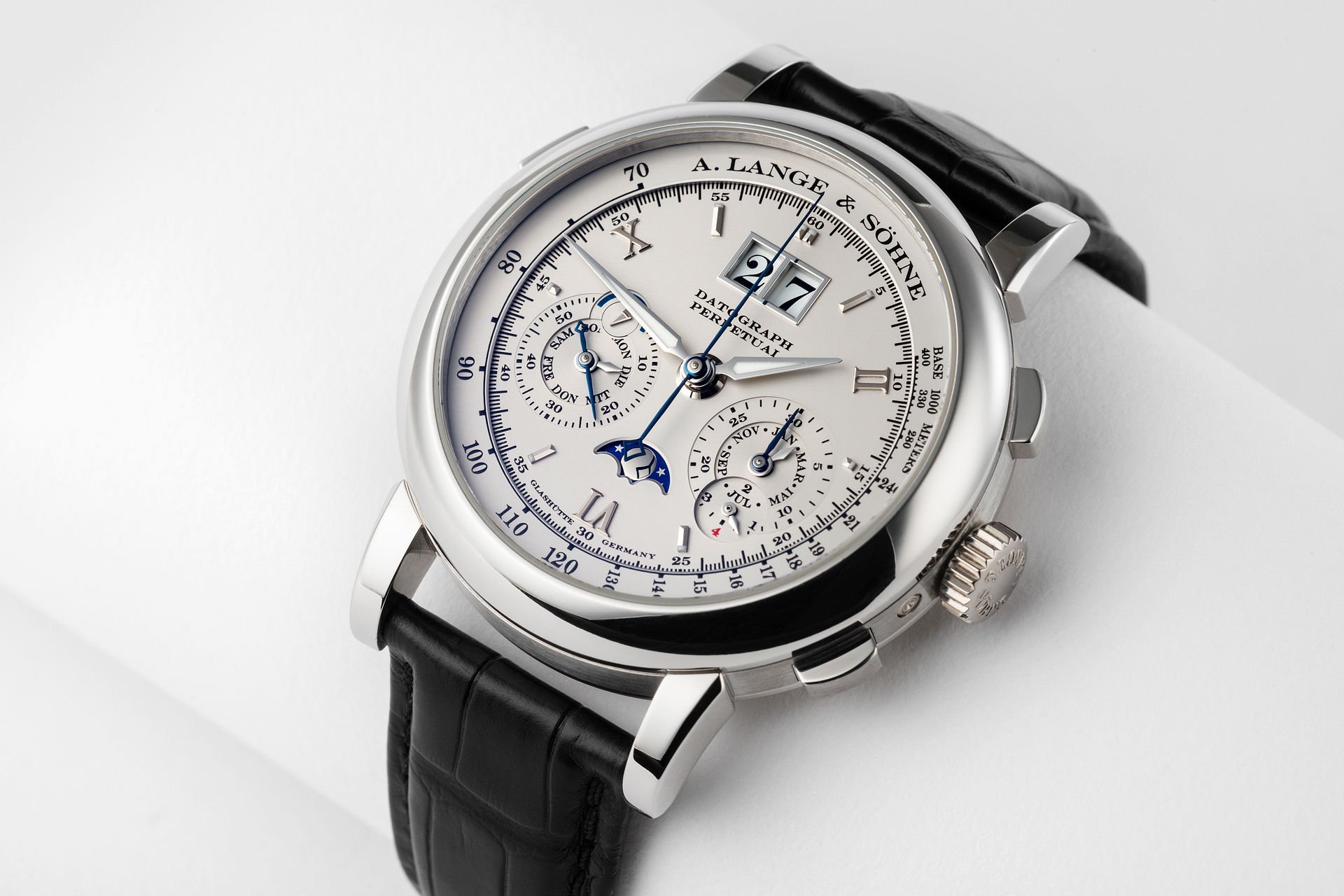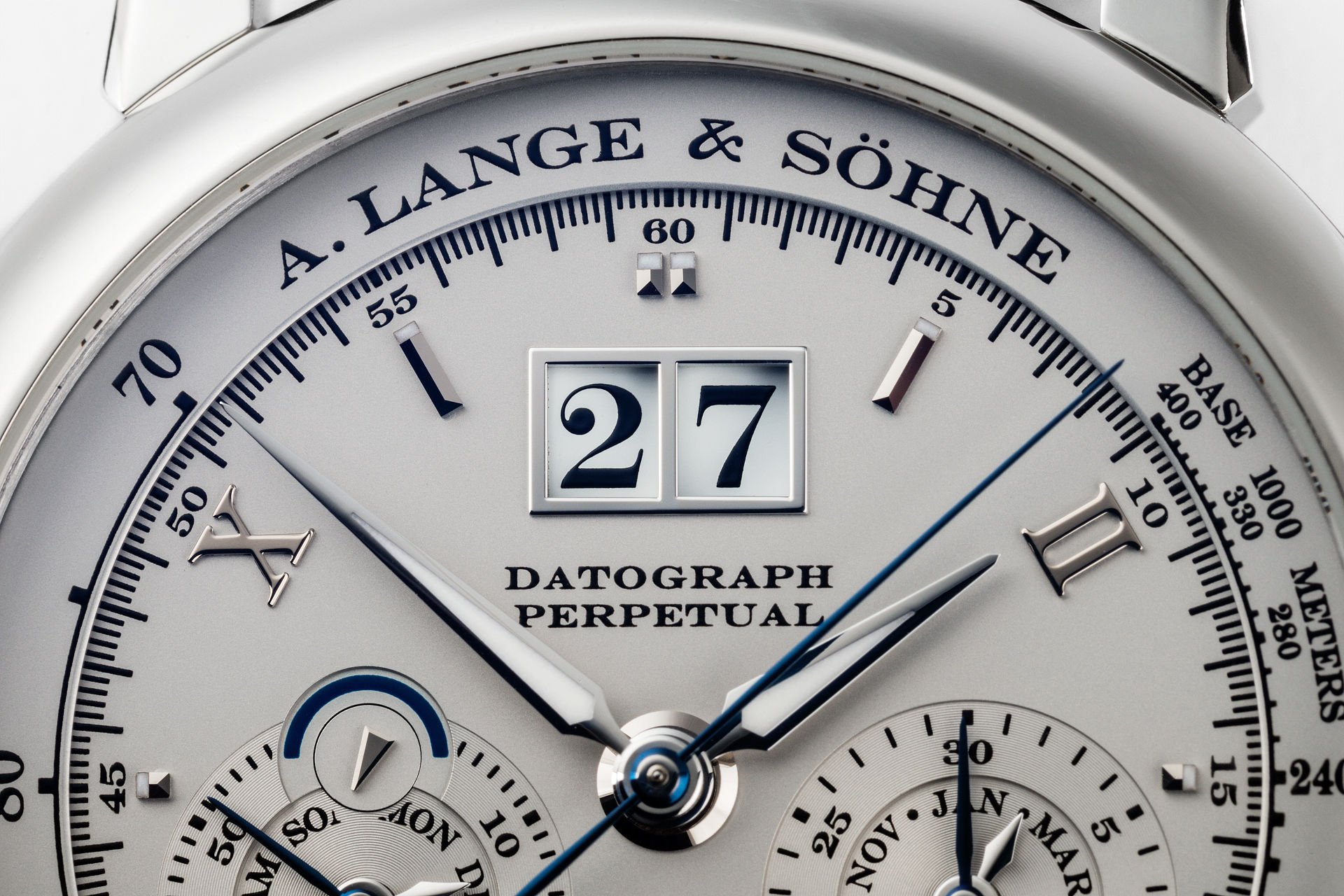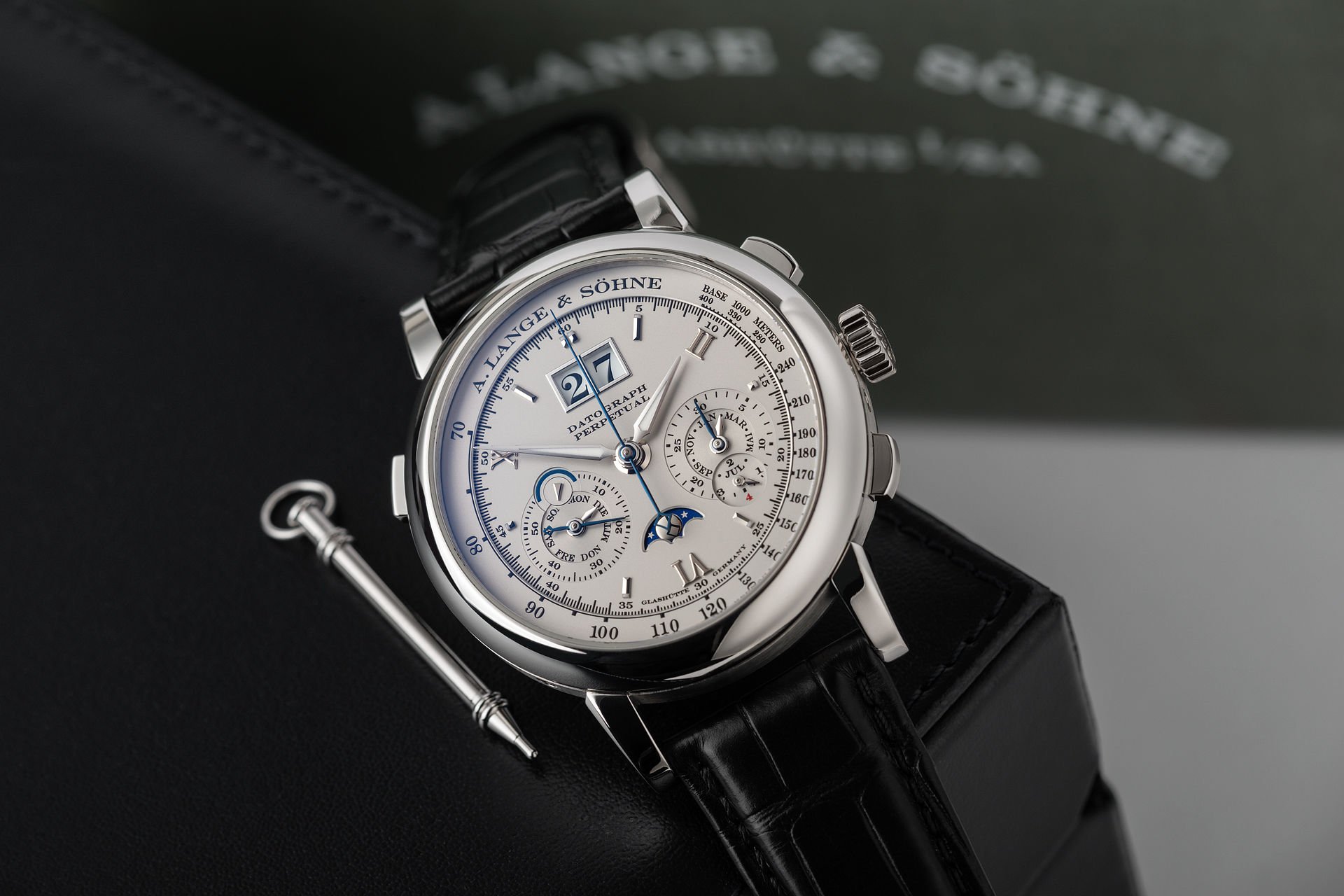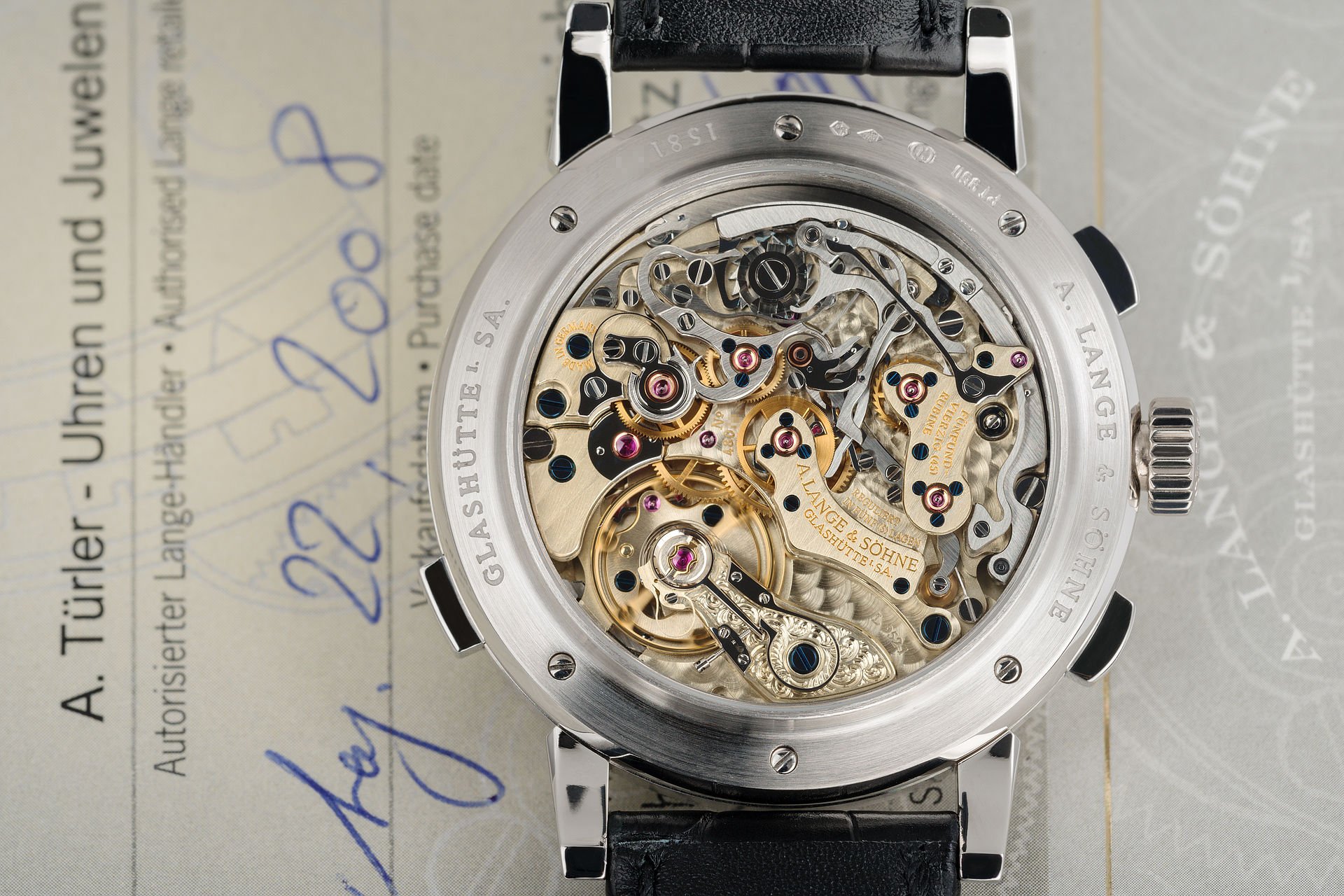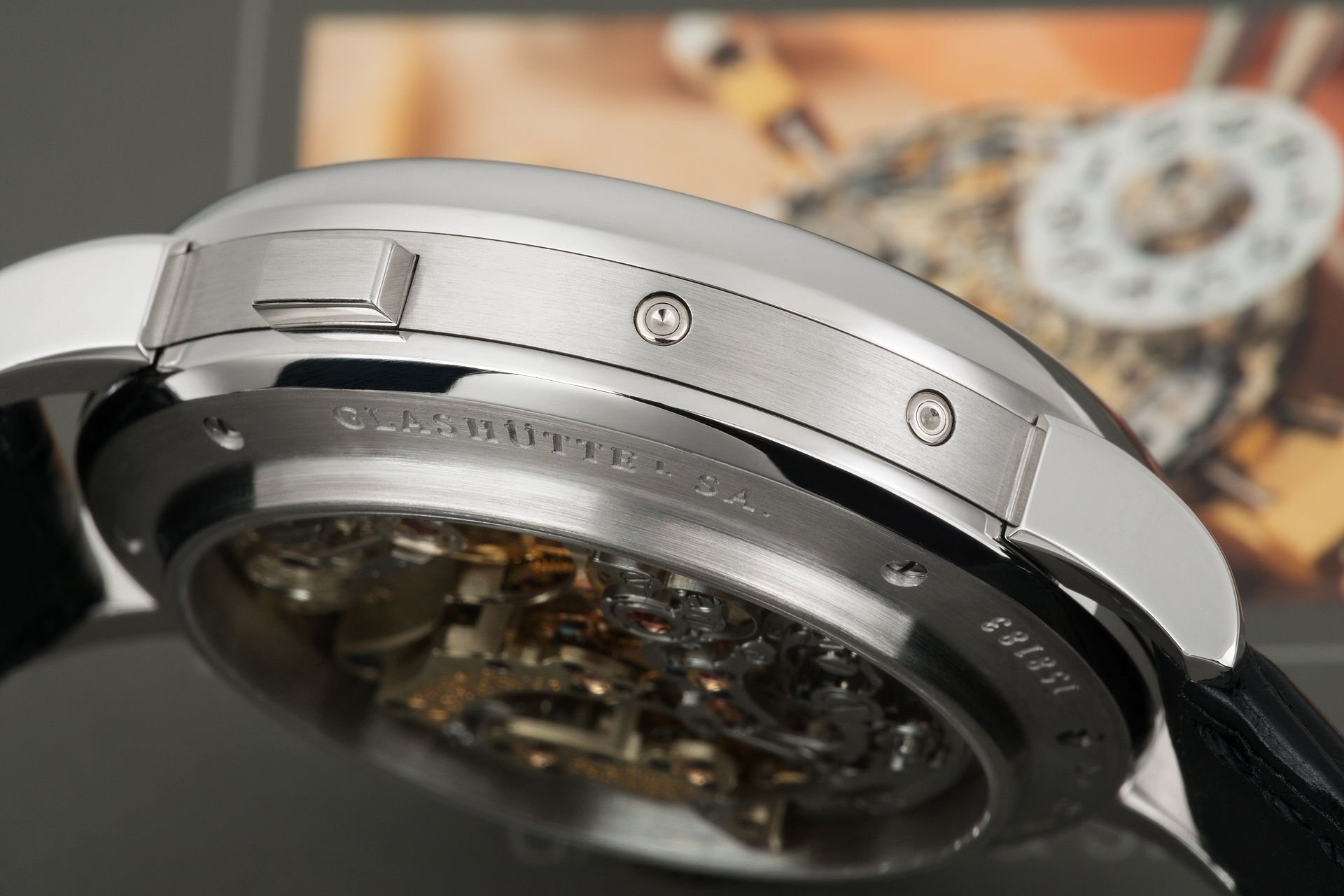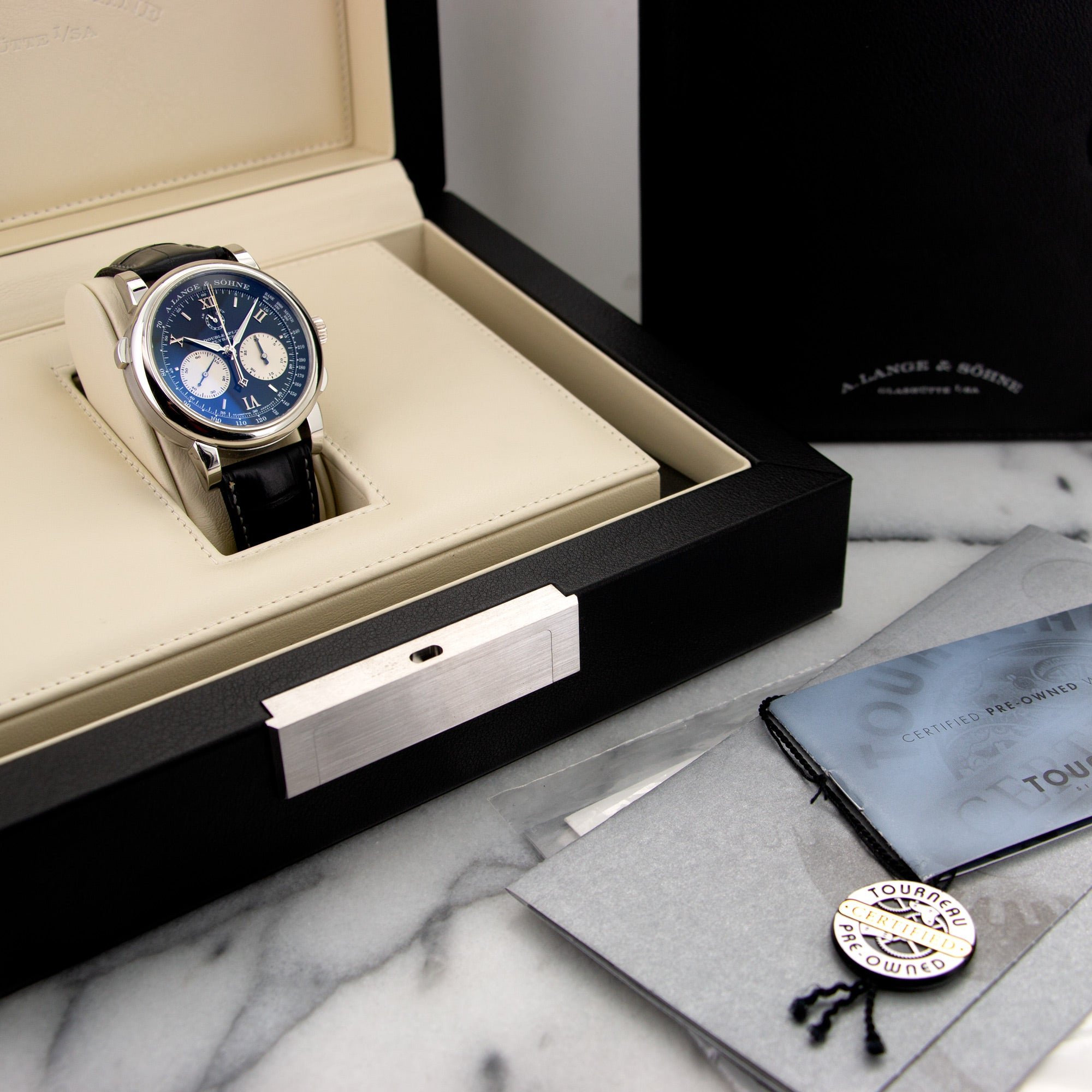Buying Guide: The Best A. Lange & Söhne Watches From The 2000s
We like to talk about vintage watches a lot within the Fratello team. Though most of what we write about is primarily focused on the most recent releases and developments, for many of us, a lot of the fun can be found in the sometimes weird and often wonderful world of vintage watches. It’s a world full of history, remarkable watches, incredible stories, and quirky details. It inspired us to come up with a series of articles focusing on the best watches per decade from a select group of brands. Some of them are priceless, and some of them are still affordable. In this last installment of the series, we will take a look at the best A. Lange & Söhne watches from the 2000s.
By the turn of the millennium, Switzerland had proudly reclaimed its title as the watchmaking capital of the world. The 2000s, in many ways, formed the blueprint for the watch industry as we know it today. By the time the 2000s came around, mechanical watches were incredibly popular. Instead of just selling instruments that told the time, the major brands became cornerstones in the world of luxury goods, and the watch industry was thriving.
We saw brands being bought by conglomerates that turned into the luxury powerhouses they are today. But the 2000s was also the decade that saw the rise of independent brands alongside the industry’s big players. Small brands made it their goal to push the envelope of watchmaking in terms of design and technological developments. In the early 2000s, we also saw watches increase in size like never before. Panerai, Audemars Piguet, Hublot, and IWC enjoyed a great rise in popularity with their oversized watches.
The perfect ending to this series
This is the last article of the series, and I couldn’t have wanted any other brand to be the last than A. Lange & Söhne. The brand from Glashütte, Germany represents the ultimate in high-end watchmaking for me. It’s something truly special, from the incredible movements and the ingenious dial designs to the exclusive materials and the phenomenal finishing. But what makes A. Lange & Söhne more special than its competitors is that the brand is luxurious without feeling distant or pretentious. There is one mission that the brand commits to — creating the best watches in the world, made in Germany. That goal should always take center stage, and the brand sticks to it without unnecessary fuzz.
On top of that, the watches the brand creates are more than just a sum of their parts. As I explained in the article about my grail watch, the A. Lange & Söhne 1815 Rattrapante Honeygold “Tribute to F.A. Lange”, the watches have a soul. Despite the very German, almost clinical approach, the watches have a lot of charm and warmth that makes it very easy to connect to them. Not every model the brand puts out is a personal favorite. But there is a distinct overall design signature that I greatly admire. It’s recognizable, well thought out, and consistent. That makes an A. Lange & Söhne watch even more special. The brand’s timepieces touch the head and the heart, and that’s exactly what great watches should do.
A. Lange & Söhne in the 2000s
In the 2000s, A. Lange & Söhne introduced many new releases that have become staples in the collection today. The Zeitwerk, Grand Lange 1, the 1815 Chronograph, the Double Split, the Lange 1 Moonphase, and the first model of the Lumen series with the Zeitwerk Lumen are just some of the many great releases that Lange brought out. If the 1990s saw the name of A. Lange & Söhne return to the world of high-end watchmaking, the 2000s established it as one of the world’s leading luxury high-end watch brands.
For this article, I selected five timepieces that I greatly admire. It also means that I had to leave out some other great releases from the first decade of the new Millenium. It’s why I would love to hear about your favorite A. Lange & Söhne watch from the 2000s in the comment section one final time. And if you want to read more about the brand, I suggest that you click the links at the end of the article to learn more about the incredible world of A. Lange & Söhne. For now, let’s jump into the selection of five watches from the Glashütte brand from the 2000s.
The Entry Point — A. Lange & Söhne Lange 1 Time Zone ref. 116.025
I could not believe my eyes when I saw that this watch would be the entry point this time. It says something about the other watches on this list. But looking at the pre-owned prices for these pieces, it might be flying under the radar of collectors. But we will get to that. The first watch is the platinum A. Lange & Söhne Lange 1 Time Zone ref. 116.025. The Lange 1 Time Zone was first introduced in 2005 as one of the great new models in the Lange 1 collection released in the 2000s. The watch perfectly integrated a world-time complication into the iconic Lange 1 design. That’s not easy to do as the dial is based on the famous “rule of thirds” that is also applied in arts and design. Any deviation from this rule would lead to awkward results.
The A. Lange & Söhne Lange 1 Time Zone, introduced in 2005, featured a 41.9mm case that is 11.4mm thick and has a substantial 49.8mm lug-to-lug. It makes the Time Zone slightly wider and thicker than the regular 38.5mm Lange 1. The increased size results from the addition of the peripheral ring that holds all the 24 different cities to display the world times. So the designers did not meddle with the original proportions, and the added ring works perfectly to maintain the overall balance of the design. The case of the watch features the familiar three-layer construction that we know from other models with the notched lugs. Because of the bigger case size, the lug profile is curvier than on the regular model to ensure the watch sits well on your wrist.
The Lange 1 Time Zone dial design
Even though the designers did not change the principle layout of the dial, there are quite a few differences in the actual dial design. The large dial at 9 o’clock is the home-time dial, which features small seconds at the bottom and a day/night indicator at the top. The expected outsize date sits at roughly one-thirty, and the power-reserve indicator is at 3 o’clock. In addition to that, the smaller additional dial indicates the local time in accordance with the city ring. You can see that this smaller dial also has a day/night indicator attached to it near the numeral 8. The small arrow pointer at 5 o’clock in the smaller dial indicates the local timezone on the city ring. You can move the ring forward by operating the lower pusher on the left side of the case.
The movement that makes all this possible is the caliber L031.1, which is based on the original Lange 1’s L901. The manual-winding movement consists of 417 parts, operates at 21,600vph, and has 54 jewels and 72 hours of power reserve. The picture shows the characteristic German Silver three-quarter plate with Glashütte stripes, the two hand-engraved bridges, and both blued and polished screws. The first generation Lange 1 Time Zone was available in yellow gold, pink gold, and platinum in the 2000s. In the 2010s, the brand would also release the watch in white gold and its proprietary honey gold. The second-generation Lange 1 Time Zone was introduced in 2020 with a new movement and optimized dial design. But if you want the original version that started it all, expect to see prices from roughly €30K to €50K depending on the version and the condition.
My pick — A. Lange & Söhne 1815 Chronograph ref. 401.031
My pick for this last article is the A. Lange & Söhne 1815 Chronograph ref. 401.031. As I explained in the article about my grail A. Lange 1815 Rattrapante Honeygold “Homage to F. A. Lange”, GMTs and chronographs are my favorite complications. And A. Lange & Söhne is like the Garden of Eden when it comes to chronographs. We will discuss two more chronographs in this list that are perfect evidence of that. But my personal pick is is the simplest of the three. The 1815 Chronograph is the brand’s “standard” chronograph, and I adore it. A. Lange & Söhne’s first chronograph was the Datograph, introduced in 1999. Five years later, at SIHH 2004, the brand introduced its first pure chronograph in the form of this 1815.
The watch was slimmer than the Datograph, and the dial design was simpler. But it’s the dial design that made people fall in love with this watch. It is highly functional and incredibly recognizable, making this one of the brand’s icons. Over time, we have seen three different generations of the 1815 Chronograph. This first generation was available from 2004 until 2008, and the second generation replaced it in 2010. The third generation, which followed in 2017, was the 1815 Chronograph that is still part of the collection. But let’s focus on the first generation that came in white gold with a silver dial and pink gold with a black dial. The latter features contrasting sub-dials, and it’s both my personal favorite and the one you see in the pictures.
The iconic dial design
The 1815 Chronograph featured a case in familiar Lange tradition with three parts. However, the case band on this pink gold model was not brushed but polished. The dimensions made the case very wearable with a 39.5mm diameter, 10.8mm height, a 48.1mm lug-to-lug, and a 20mm lug width. The dial design is very well layered, revealing beautiful intricacies the closer you look. It starts with the sloped outer ring that holds the pulsometer scale. If your eyes move further inwards, you can see the beautiful minute track with three dots for each 15-minute marker. Placed just outside of that, you see a different scale to match the frequency of the central chronograph seconds hand. Each second is divided into five equal parts, with what looks like a four-legged “m” between each marker. The central part of the dial is slightly recessed, and the off-center sub-registers create a beautiful reverse-panda aesthetic.
Inside the case, A. Lange & Söhne equipped the 1815 Chronograph with the in-house caliber L951.0. Essentially, it was the same flyback chronograph movement used for the Datograph, but it was made simpler by removing the date function. This 34-jewel movement operates at 18,000vph and has a power reserve of 36 hours. I don’t have to tell you that it’s a beautiful movement. If I owned an 1815 Chronograph, it would be off the wrist quite a bit so I could see the movement in action through the display case back. First-generation 1815 Chronographs have become quite popular with collectors. Expect to see prices between roughly €50K and €90K. It’s a lot of money, but what you get in return is one of the brand’s biggest icons.
Money is no object #1 — A. Lange & Söhne Zeitwerk ref. 140.029
This list would not be complete without the A. Lange & Söhne Zeitwerk. The watch is one of, if not, the most recognizable watch that A. Lange & Söhne has released up until this point. The watch first debuted in 2009, introducing the brilliant digital time display that has made it so unique in the world of watches. I cannot do the watch justice in the limited space of this article, but the Zeitwerk is a true work of art that deserves all the attention it gets. The watch was the brainchild of Lange’s Jens Schneider, and the concept of jumping hours and minutes dates back to a patent that Josef Pallweber registered in the 19th century. So the idea was traditional, but A. Lange & Söhne’s execution made it something modern that is infinitely cool.
When the Zeitwerk first came out in 2009, Lange offered it in platinum, yellow gold, white gold, and pink gold. My choice for this list is the iconic white gold version with its beautiful contrasting matte black dial. The watch features a 41.9mm case that is 12.6mm thick. For a Lange watch, it is very substantial and has a lot of presence. But considering the mechanical mastery that is the foundation for this watch, the dimensions are not actually too unreasonable. That same mastery is also why you will find the big crown placed at the unusual 2-o’clock position. It’s a direct result of the placement of the movement’s balance wheel at 3 o’clock inside the case.
The unparalleled brilliance of the movement
The dial design of the Zeitwerk is another work of art. The balance of the design is found in the horizontal display of the time and the vertical layout of the power reserve and seconds sub-dial. The elements form a cross that feels perfectly balanced in this simple layout. But the realization of this dial is anything but simple. For the design of the hour and minute windows, the designers were influenced by the Five-Minute Clock in Dresden’s Semper Opera House created by Ferdinand Adolph Lange and his tutor and father-in-law Gutkaes in 1841. Furthermore, there is the impressive rhodium-plated German Silver time bridge that visually connects the two windows and balances out the seconds sub-dial and the power-reserve indicator.
Its functional purpose is emphasized by the screw on the left and bearing jewel on the right, which, at the same time, give the dial a little bit of extra character. It’s a detail that I adore. This brings us to the impressive caliber L043.1 consisting of 415 parts. I won’t be able to explain precisely how this piece of mechanical artistry works, but I suggest that you read all about it on the brilliant Langepedia Zeitwerk page. The site explains in detail what makes this a work of art. The manually wound movement operates at 18,000vph and has 68 jewels with 36 hours of power reserve. Now, 36 hours might not sound impressive, but consider the power needed for the jumping hour and minute displays, and you will understand that 36 hours is very impressive indeed.
The brand’s biggest icon
Technically, we could dedicate a long article to the impressive caliber L043.1 in the Zeitwerk. There is so much more to the story than just the jumping displays. The distribution of power within the movement that is the foundation for making it happen while maintaining its accurate timekeeping capabilities is awe-inspiring. The largest mainspring that the brand has ever used in combination with a remontoir mechanism creates a truly unique movement. The same goes for the stunning finishing. The combination of skills required caused A. Lange & Söhne to put together a special Zeitwerk team of the highest-skilled watchmakers, who are specifically trained to assemble the watches.
As you could guess, the annual production of Zeitwerk models has always been limited. But the importance of the Zeitwerk for A. Lange & Söhne becomes apparent if you look at all the different versions that followed the regular Zeitwerk. The Zeitwerk Date, Decimal Strike, Minute Repeater, Striking Time, and the spectacular Lumen versions perfectly show how brilliant the Zeitwerk concept is. When it comes to the regular models, prices differ slightly depending on which of the versions you would love to buy. The white gold version you see in the images goes for roughly €65K to €85K. But in terms of watchmaking impact, the Zeitwerk is priceless.
Money is no object #2 — A. Lange & Söhne Double Split ref. 404.035
From one masterpiece to another. The A. Lange & Söhne Double Split ref. 404.035 is another watch that deserves a full-length article. The watch was first introduced at SIHH 2004 alongside the 1815 Chronograph. They were the two follow-up chronographs to the Datograph introduced in 1999. The Double Split is the world’s first double-rattrapante chronograph. It allows you to split the seconds centrally, and it has a smaller minute counter at 3 o’clock that also features two hands to split the elapsed minutes. This groundbreaking feature was the first big chronograph innovation in decades, and it showed the impressive watchmaking skills present in Glashütte. And it didn’t stop there because, in 2018, the brand introduced the next-level Triple Split.
So when it comes to chronographs, there is no better brand than A. Lange & Söhne. But let’s focus on the pick for this list, though. The Double Split features a 43.2mm platinum case that is 15.3mm thick. The size combined with the weight of platinum makes this a big boy that is not a match for everyone’s wrist. However, despite its size, the watch is still elegant, and it sits well on your wrist thanks to the curved lugs. The Double Split was introduced as part of the Saxonia family, just like the Datograph. Evidence of that came in the form of the dial design with its combination of Roman numerals and stick indices. In the later-generation Datograph and Double Split models, the brand removed the Roman numerals, but the watches still remained in the Saxonia collection.
Blowing up the dial design
Overall, the design of the Datograph and the Double Split look a lot alike. The designers took the Datograph as inspiration, removed the outsized date, and replaced it with a small power-reserve indicator at 12 o’clock. Other than that, the dials of the two watches look very much alike despite the fact that the Double Split is significantly bigger. It meant the designers at Lange had to rebalance the sub-dials as well, but as you will know by now, that is a task you can safely entrust to the brand’s design team. The dial features the same geometrical balance as the Datograph, which has simply been applied to a larger-sized watch. Furthermore, the black dial made out of silver is nicely layered. First is the sloped rehaut that holds the tachymeter scale, followed by the central part of the dial. Finally, there are the large white sub-dials, giving the Double Split the reverse-panda look.
If you turn the watch around, you will see the spectacular caliber L001.1 in action. The manual-winding flyback chronograph movement consists of 465 parts and is constructed in three layers. The 40-jewel movement operates at 21,600vph and has 38 hours of power reserve. It features two column wheels, with one for the chronograph and one for the rattrapante mechanism. Additionally, it was the first A. Lange & Söhne model to use an in-house-produced balance spring. And the biggest code to crack? As A. Lange & Söhne’s Head of Product Development Anthony de Haas explained on Hodinkee, “We had to create an isolating system which worked with the seconds counter, the stop-seconds hand, and the minutes counter — this was a big challenge for us.” The patented isolating system that the brand developed also served as the starting point for the Triple Split that followed.
Groundbreaking and exclusive
Besides the incredible technological wizardry, the movement is impressively executed and finished. I mean, how could it not be? I would gladly look at the movement for days — it’s an absolute beauty! But let’s not forget the dial side, as Lange also incorporated some smart solutions that also look good. A great example is the matching gold color of the primary central chronograph hand and the primary chronograph minute hand in the register at 4 o’clock. The split hand for both the seconds and minutes is blue, and only if you push the pusher at 10 o’clock, activating the double split mechanism, do the gold hands reveal themselves.
This platinum beauty of a watch is as impressive as it was back in 2004 when it debuted. This specific version was discontinued in 2010 when it was replaced by a pink gold version with a silver dial. That version does not have the characteristic Roman numerals I talked about earlier. Due to a management shift in the late 2000s and early 2010s, the design of many of the models was modernized. While I am not the biggest fan of the Roman numerals, they are part of what gives the watch its character. Add that to the brilliant platinum case with a black reverse-panda dial, and this is the one Double Split for me. Prices for this version of the Double Split are roughly between €85K and €95K. It’s a bargain compared to the prices of some of its far-less-impressive competitors.
Money is no object #3 —A. Lange & Söhne Datograph Perpetual ref. 410.025
The last watch on this list is the A. Lange & Söhne Datograph Perpetual ref. 410.025. The third chronograph on this list is more proof that A. Lange & Söhne is the master of mechanical chronographs nowadays. The combination of a chronograph watch with a perpetual calendar complication is probably the highest form of mechanical watchmaking bliss there is. The first wristwatch that featured both a chronograph complication and a perpetual calendar came courtesy of Patek Philippe with the iconic ref. 1518 in 1941. Ever since, the Geneva brand has created some of the most elusive perpetual calendar chronographs, such as the 2499, 3970, 5970, and 5270.
After the great success of the original Datograph, A. Lange & Söhne took the opportunity to integrate a perpetual calendar complication into its highly praised chronograph. In 2006, the brand introduced the Datograph Perpetual ref. 410.025 in a platinum case with a silver dial. Additionally, a version in white gold with a gray dial (ref. 410.030) followed three years later in 2009. Both versions stayed in production until 2011, making the production run for the white gold version quite short. Therefore, that model is also harder to find. Both watches feature a 41mm case that is 13.5mm thick. It made the Datograph Perpetual slightly bigger and thicker than the regular Datograph, which was a logical result of the perpetual calendar module.
A unique take on a perpetual chronograph
But the increased size also allowed the designers to tackle the dial design and make sure all the separate elements could be integrated perfectly. And it’s in that integration of elements that we once again find the brilliance of Lange’s designers. The overall design principle is the same as the Datograph with lowered sub-dials and an outsize date display at 6 o’clock. As you can see, the moonphase is integrated at 6 o’clock in between the sub-dials. The sub-dial on the left has a day indication integrated into the register’s design, and it features a day/night indicator at the top. The sub-dial on the right features an integrated month indication and a smaller leap-year indicator at the bottom.
The two smaller indicators have often been criticized as elements of the design that could be optimized. I agree that it does not seem like the optimal design solution and somewhat clutters the design of the sub-dials. But who knows? Lange perfectly addressed the same issue in the Lange 1 Time Zone, so maybe the Datograph Perpetual will also see a similar update. If you turn the watch around, you will find the in-house caliber L952.1. Essentially, it is the same movement used for the regular Datograph with an added module for the perpetual calendar. The manual-winding flyback-chronograph movement consists of 556(!) parts, operates at 18.000vph, and has 40 jewels with a 36-hour power reserve. Seeing the construction and the finishing of the movement is impressive, and almost overwhelming.
Is the first generation the best?
After the first generation of the A. Lange & Söhne Datograph Perpetual was discontinued, the brand introduced an updated version of the watch in 2010 in pink gold, the ref. 410.032. As with some of the other models I discussed, Lange updated the dial, removing the Roman numerals and replacing them with baton indexes. In 2015, the brand also introduced a white gold version with a gray dial that looked a lot sportier than the classic pink gold model. So which one is the best? It all comes down to personal taste because, technically, nothing changed. But there is no doubt that the original models have a ton of character. On top of that, they are pretty rare. The platinum version in the pictures can be yours for roughly €100K to €120K, making it this list’s ultimate heavy hitter.
Final thoughts
If anything, this article is only the tip of the iceberg when uncovering the brilliance of the watches A. Lange & Söhne created in the 2000s. After introducing the first collection in 1994, the brand quickly made a name as one of the leading luxury watch brands in the world. That reputation has only grown stronger with time. I hope that this article will inspire you to learn more about the many brilliant watches the brand has produced over the years. There are, quite simply, so many more models worth mentioning.
To find out more about A. Lange & Söhne, there are several great websites where you can read a lot more in-depth info. A good starting point is the official A. Lange & Söhne website, which has a lot of information on the history of the brand and its watches. A second crucial online resource for Lange fans is the Langepedia website by Alp. It offers a ton of great info that I used in creating this article. Also, check out the great Langenation Instagram page with great images of the different watches. If you are more into a hardcopy resource, try and get your hands on the brilliant book A. Lange & Söhne: Great Timepieces From Saxony, created by Reinhard Meis in collaboration with A. Lange & Söhne.
This is the last article of the Buying Guides series. I would love to thank all of you for reading and commenting on the articles. I hope it has been as much fun for you reading them as I had creating them. For one last time, let us know what your favorite A. Lange & Söhne watches from the 2000s are in the comments section below!

